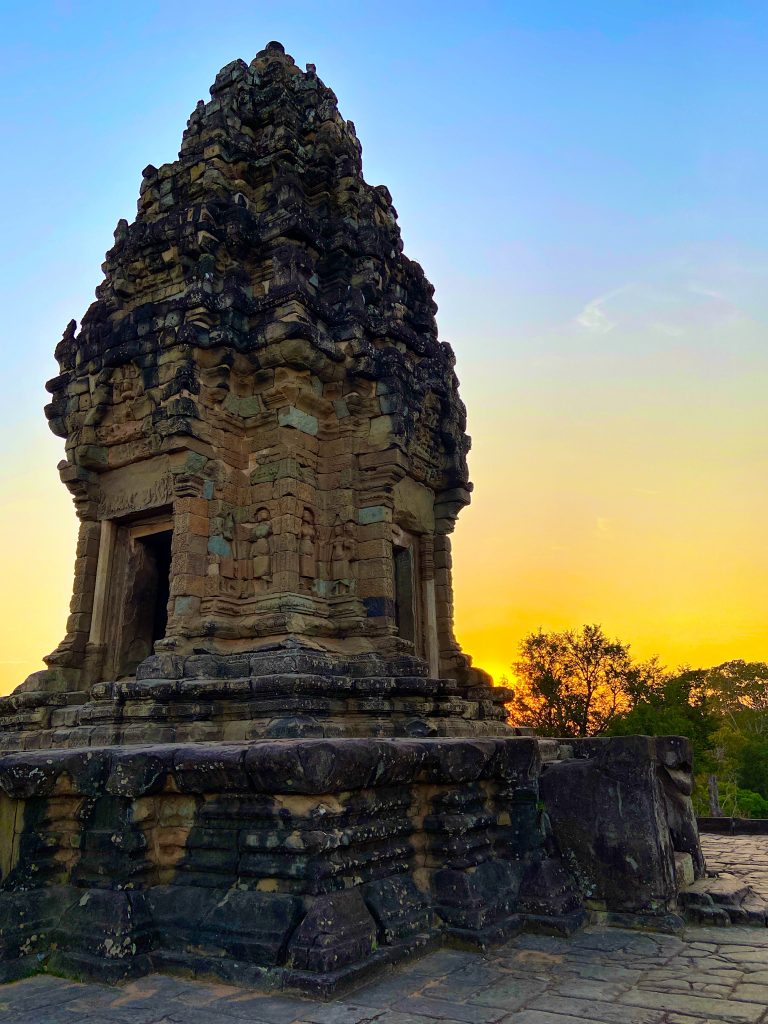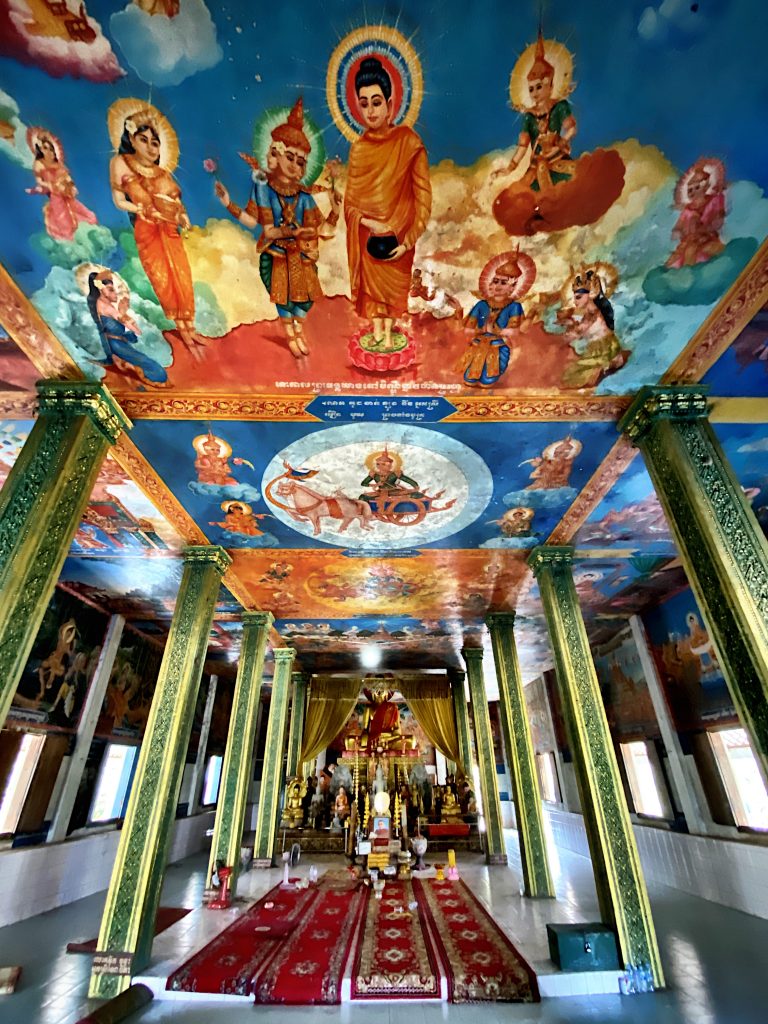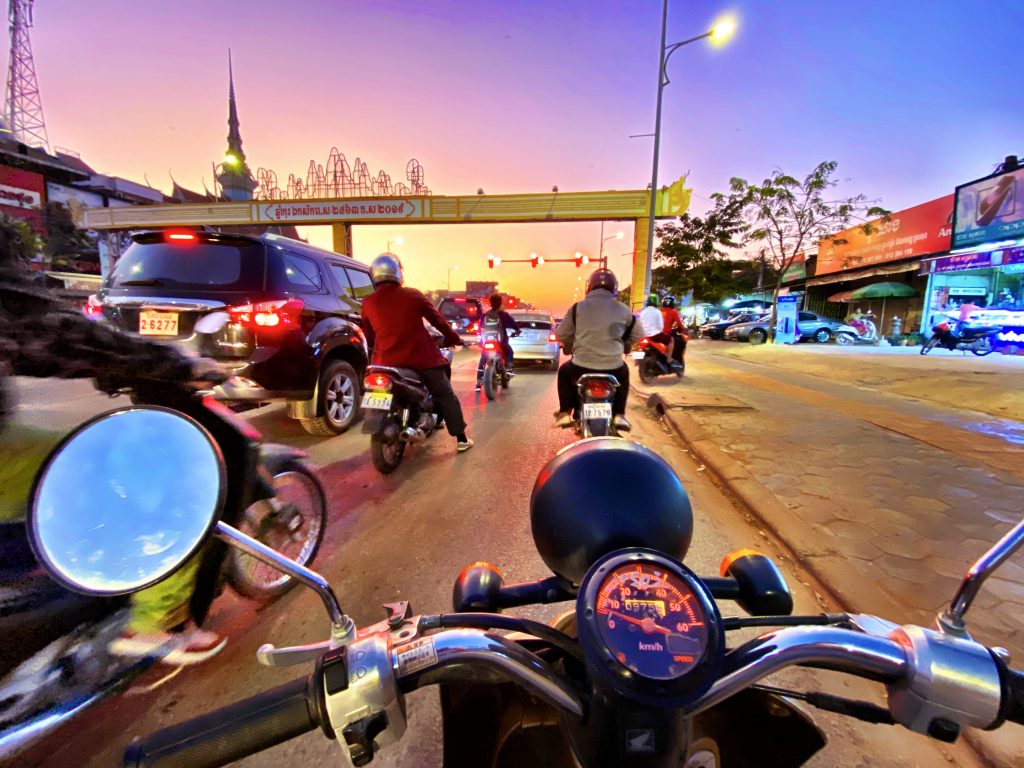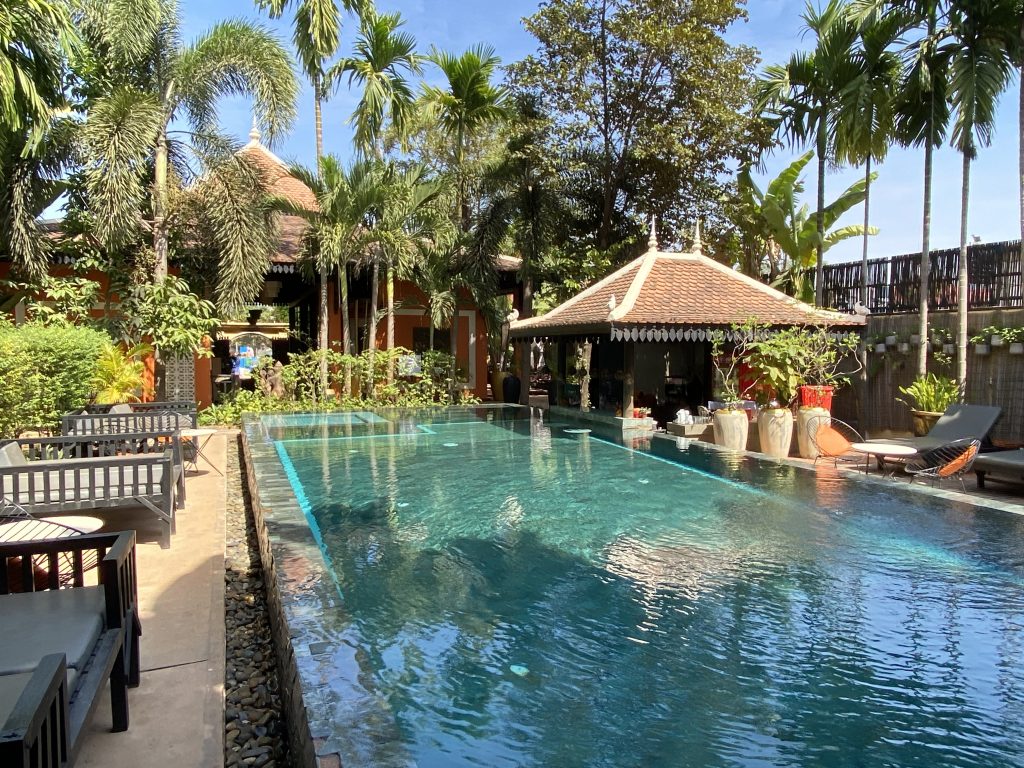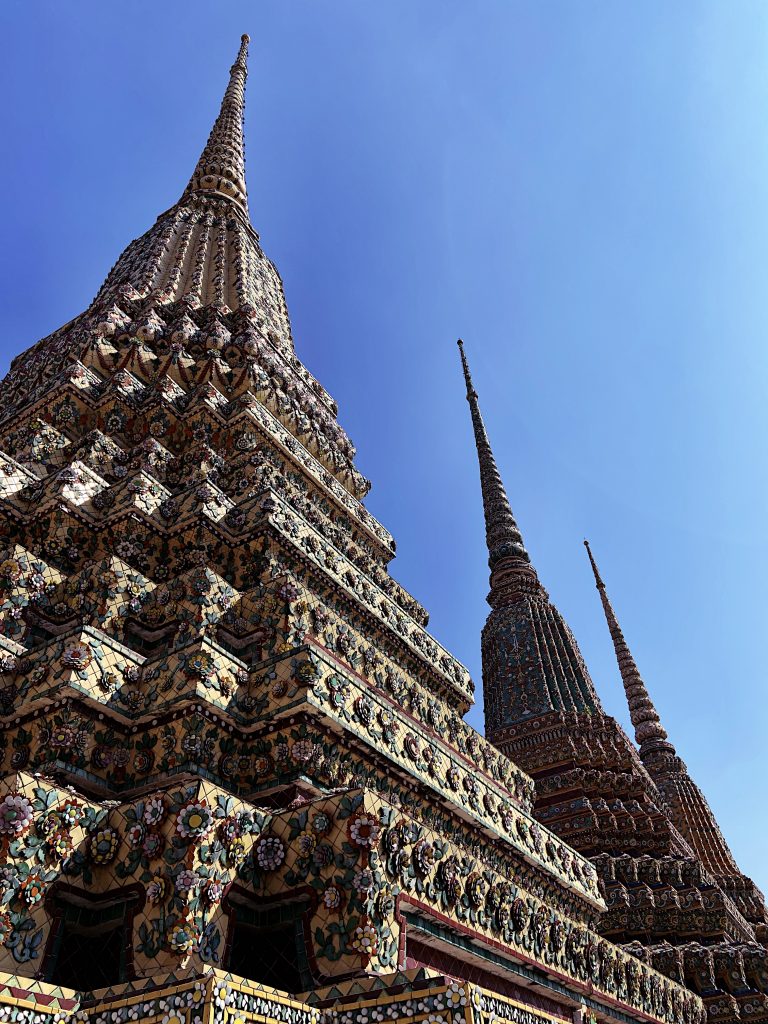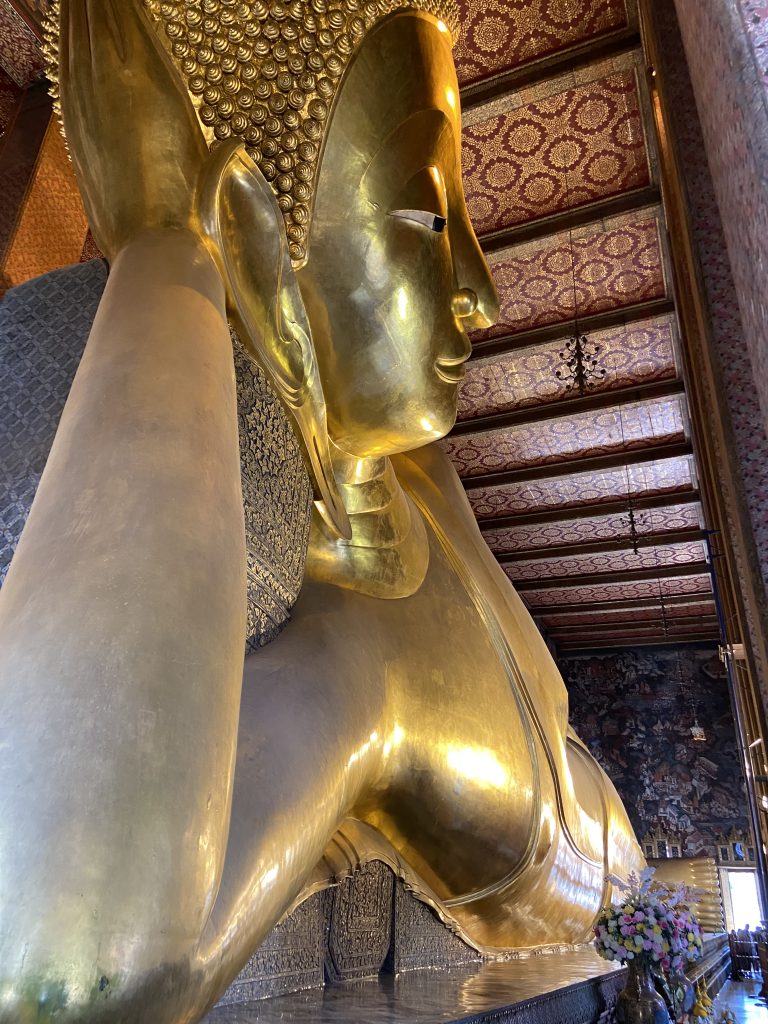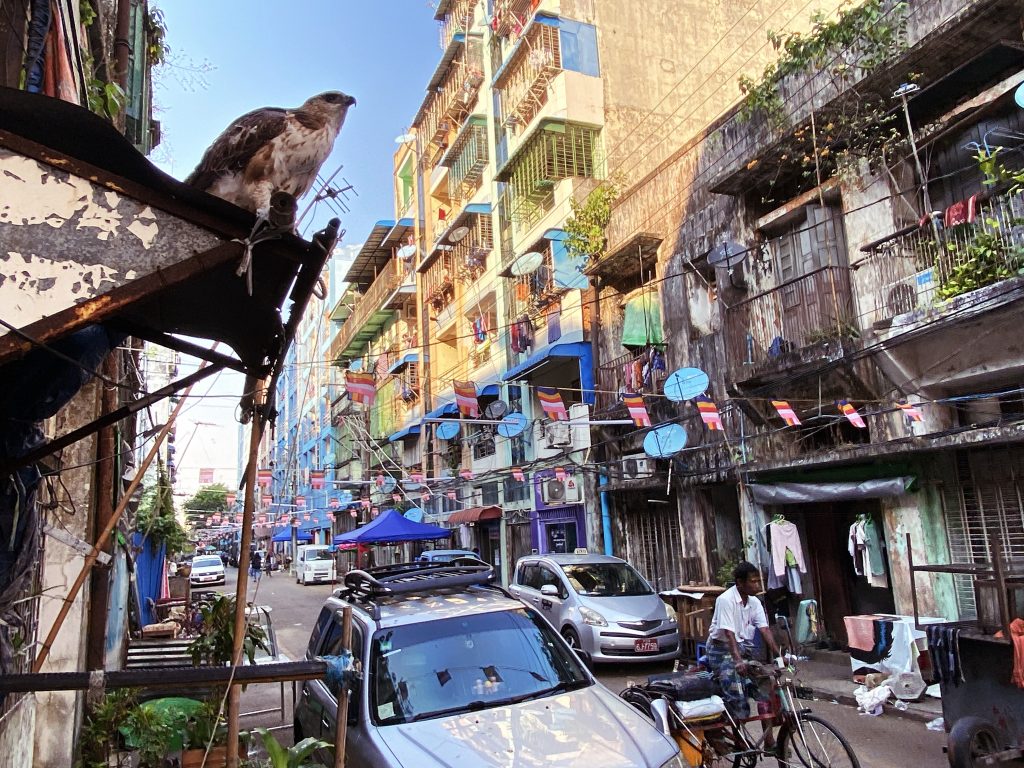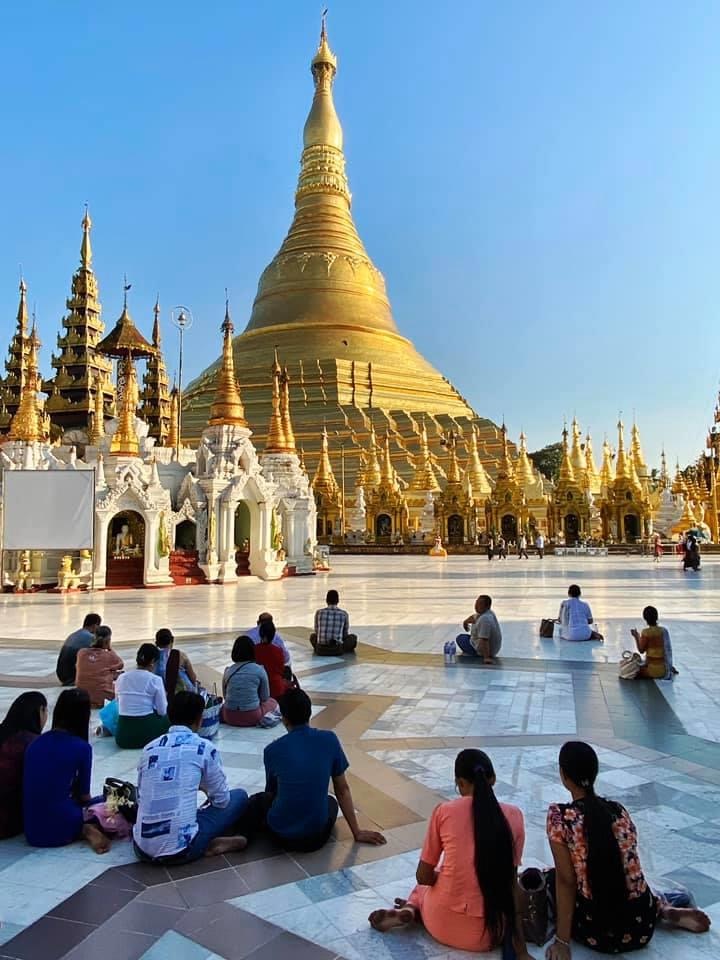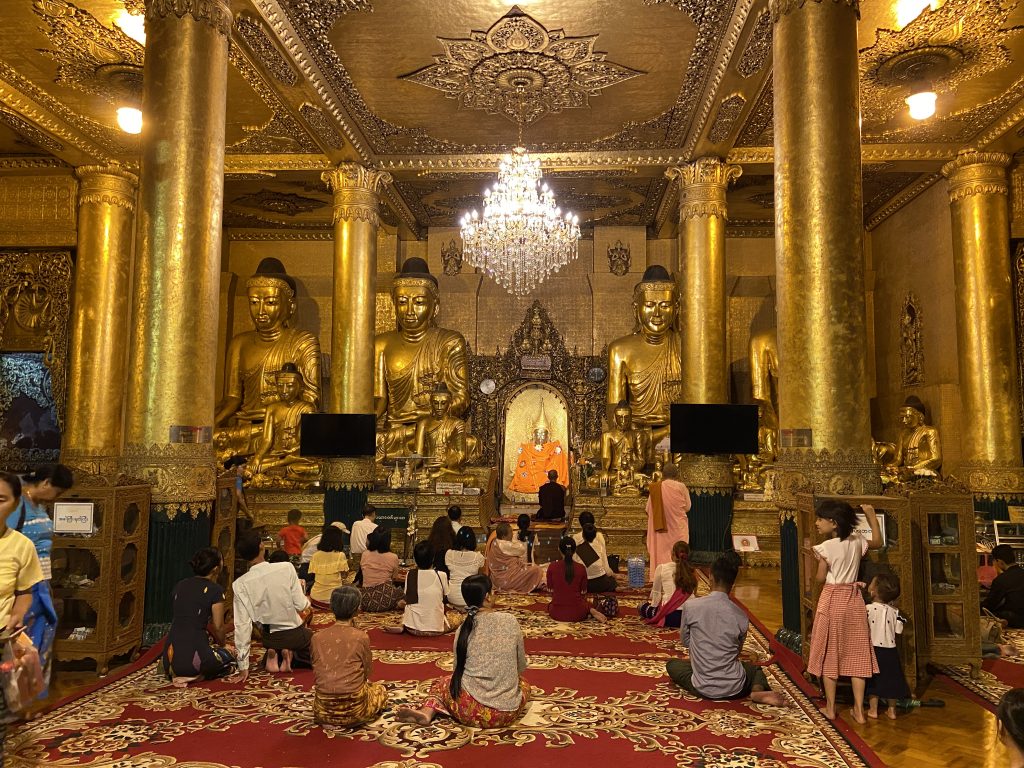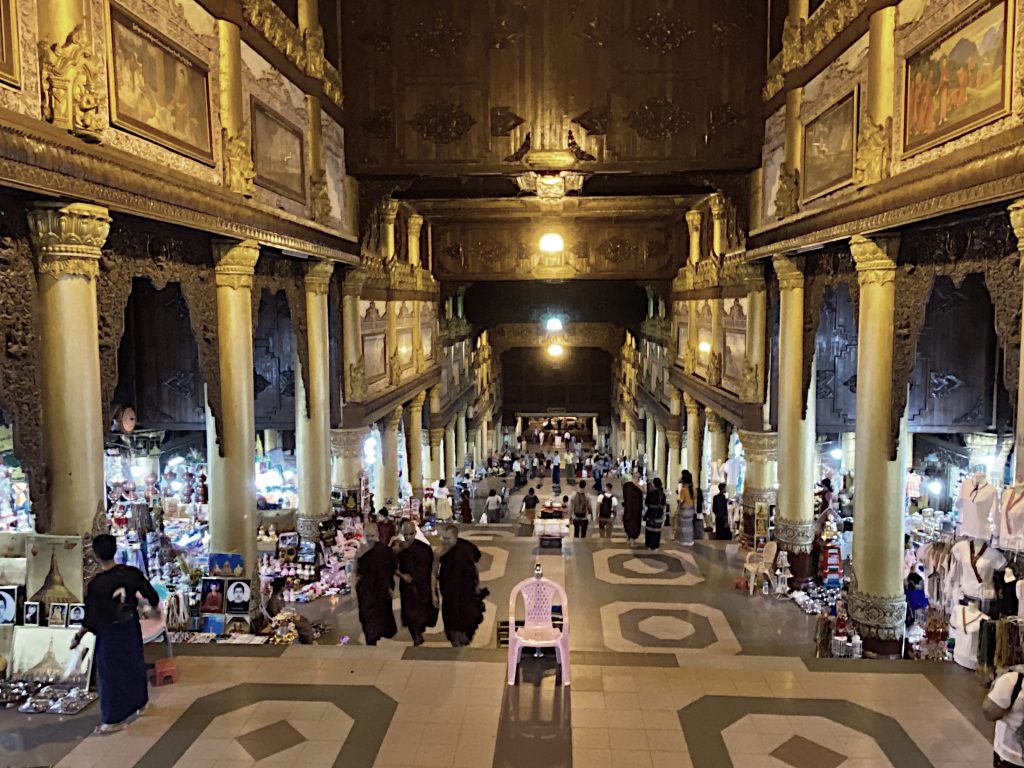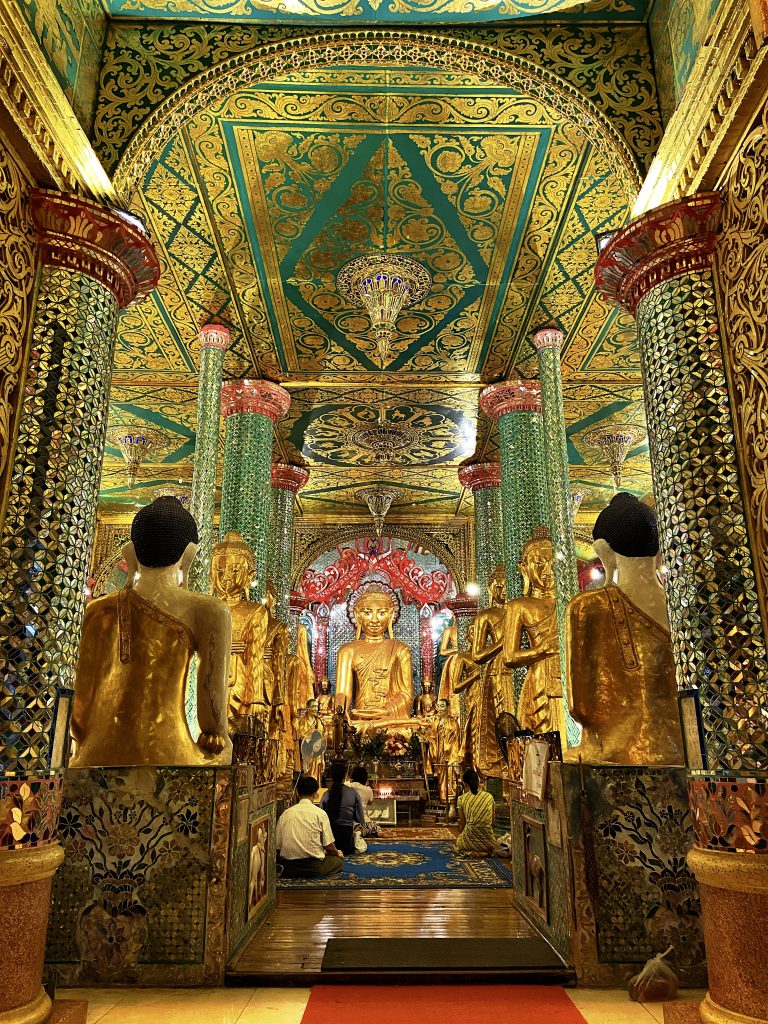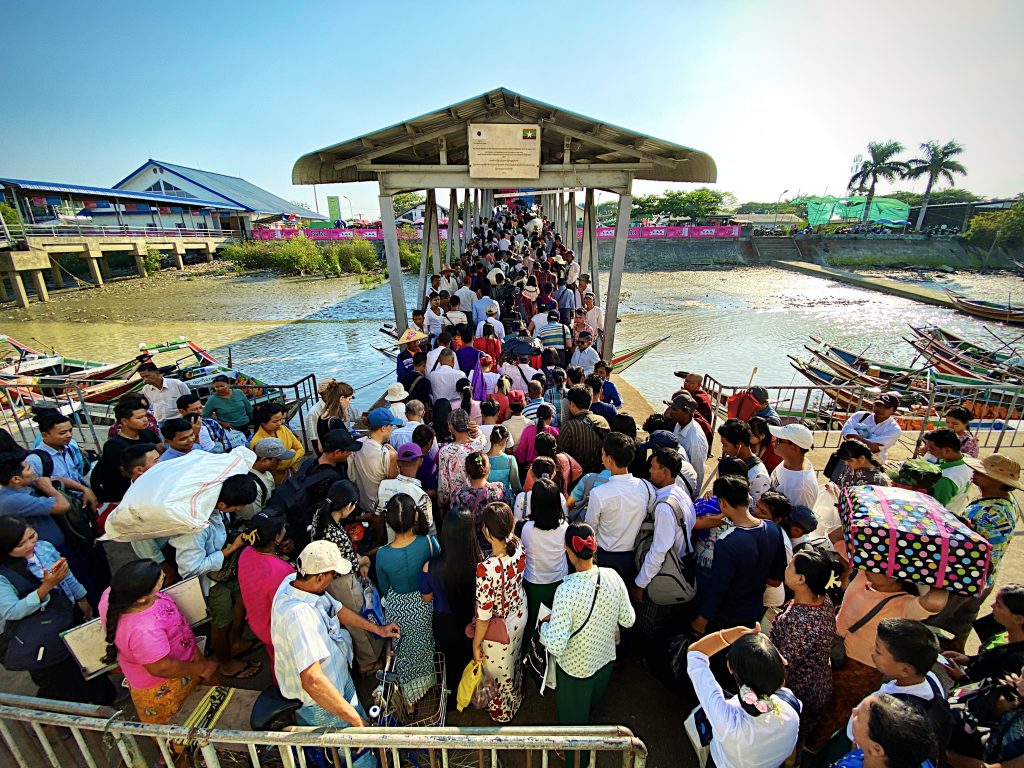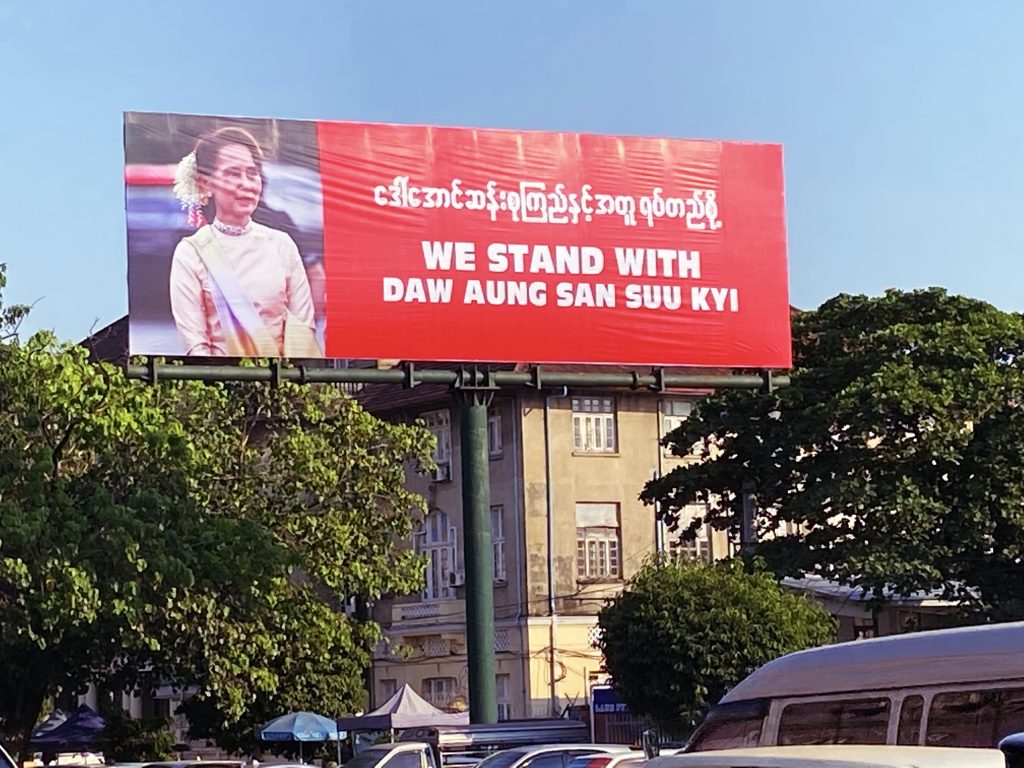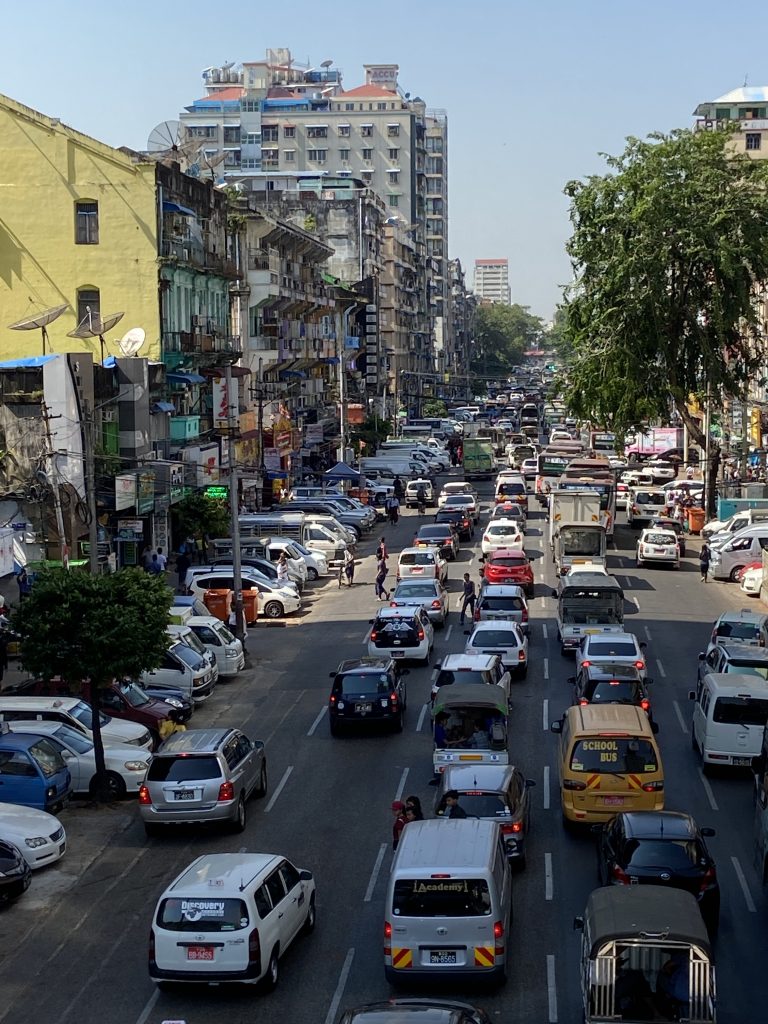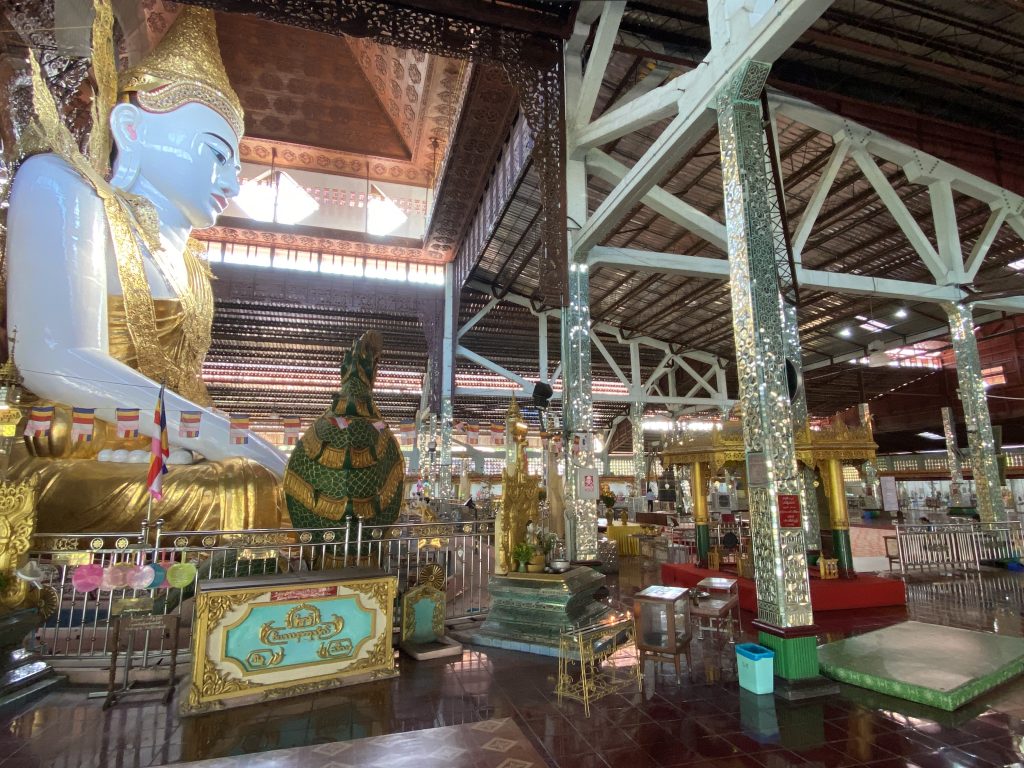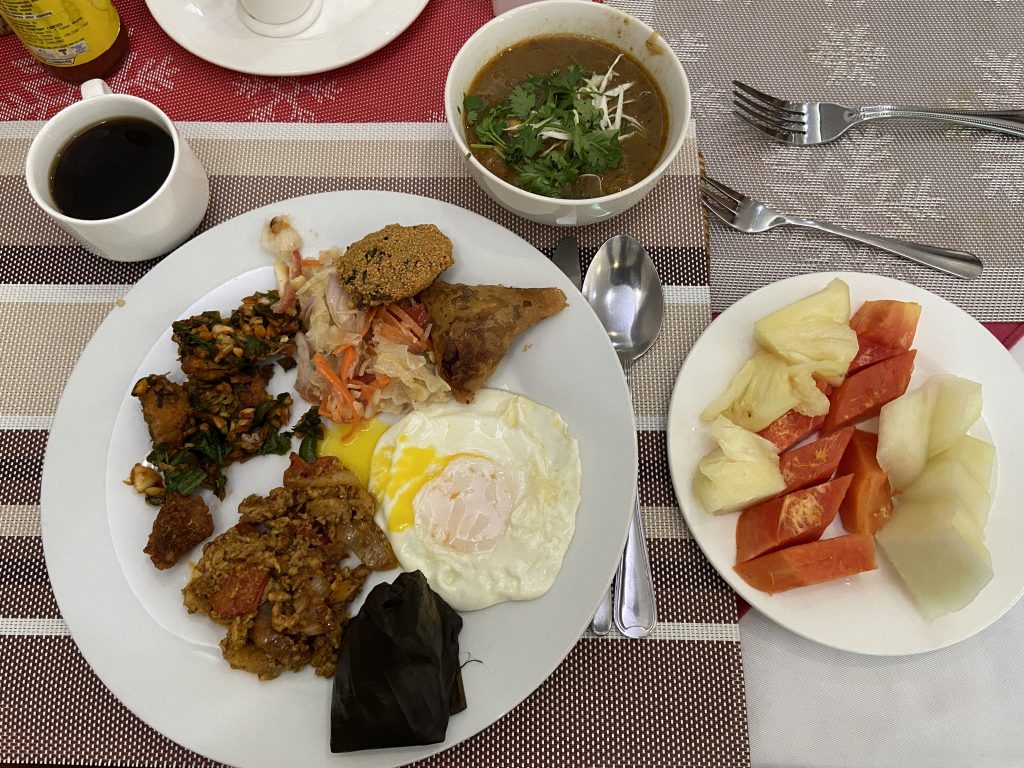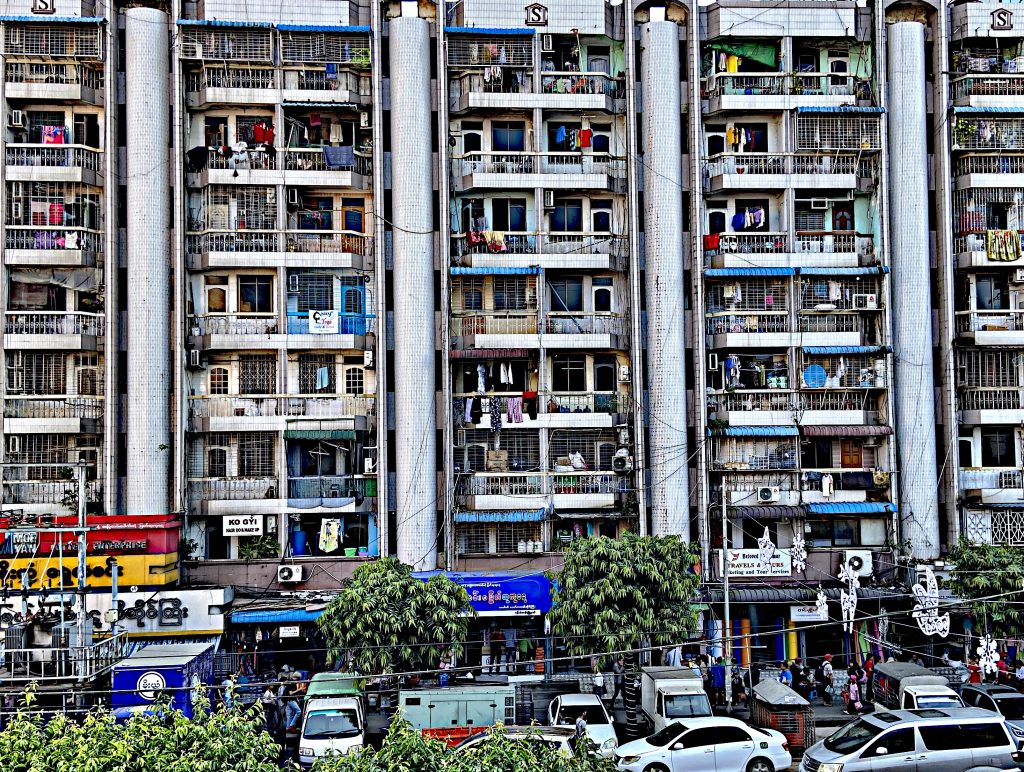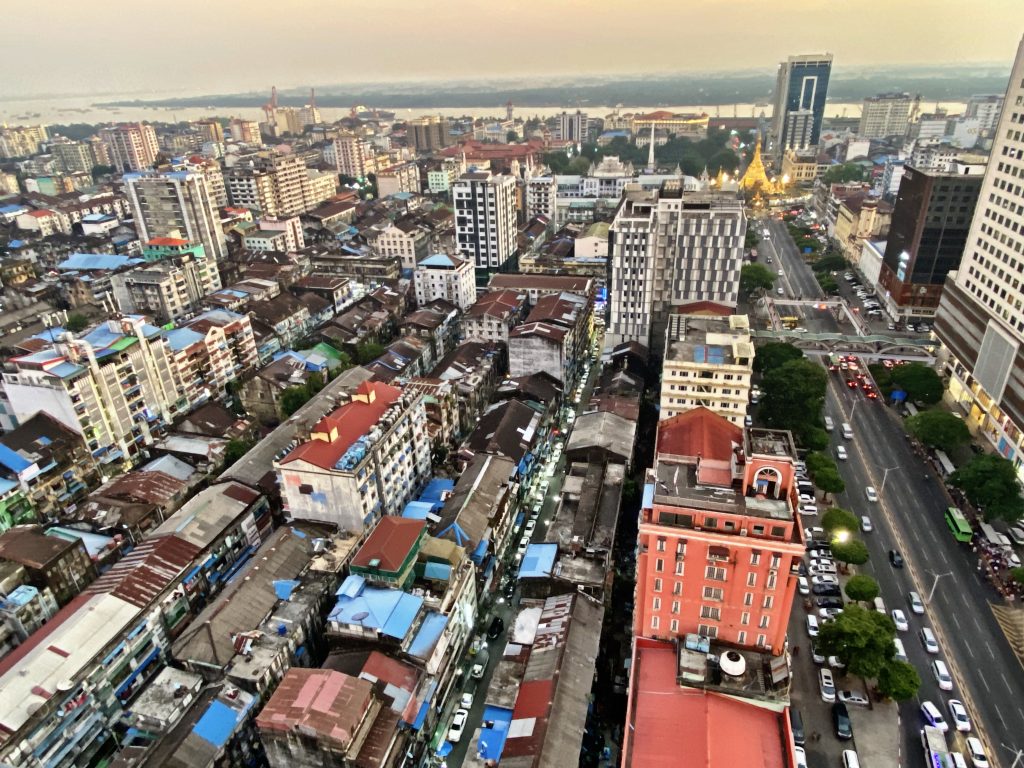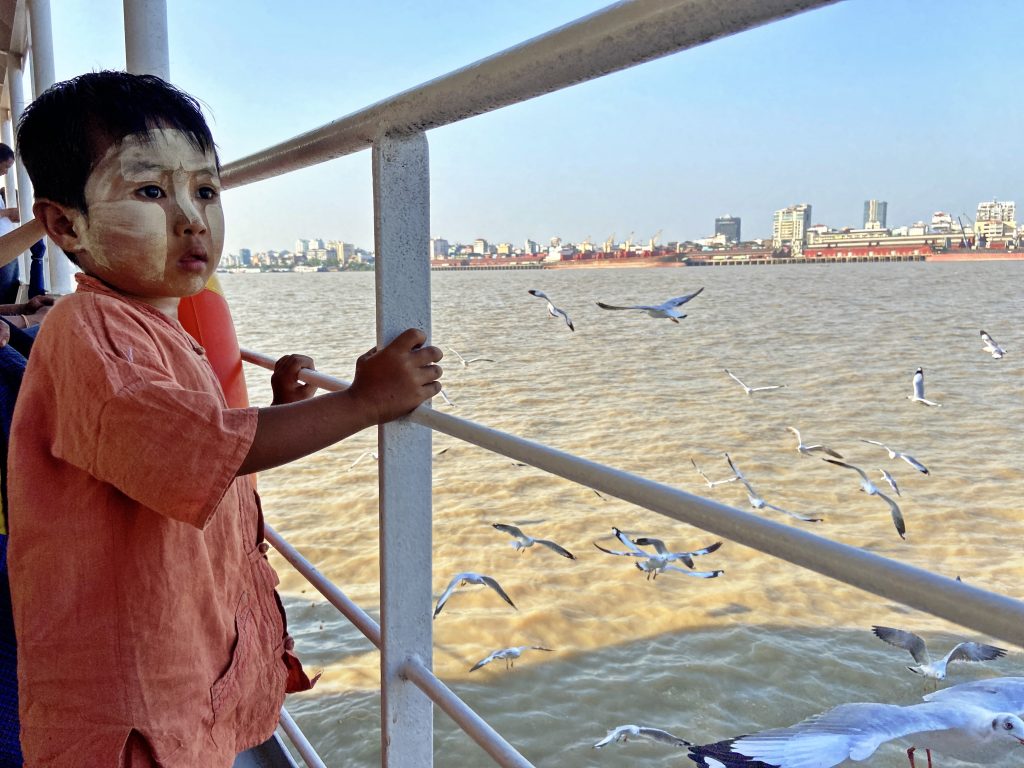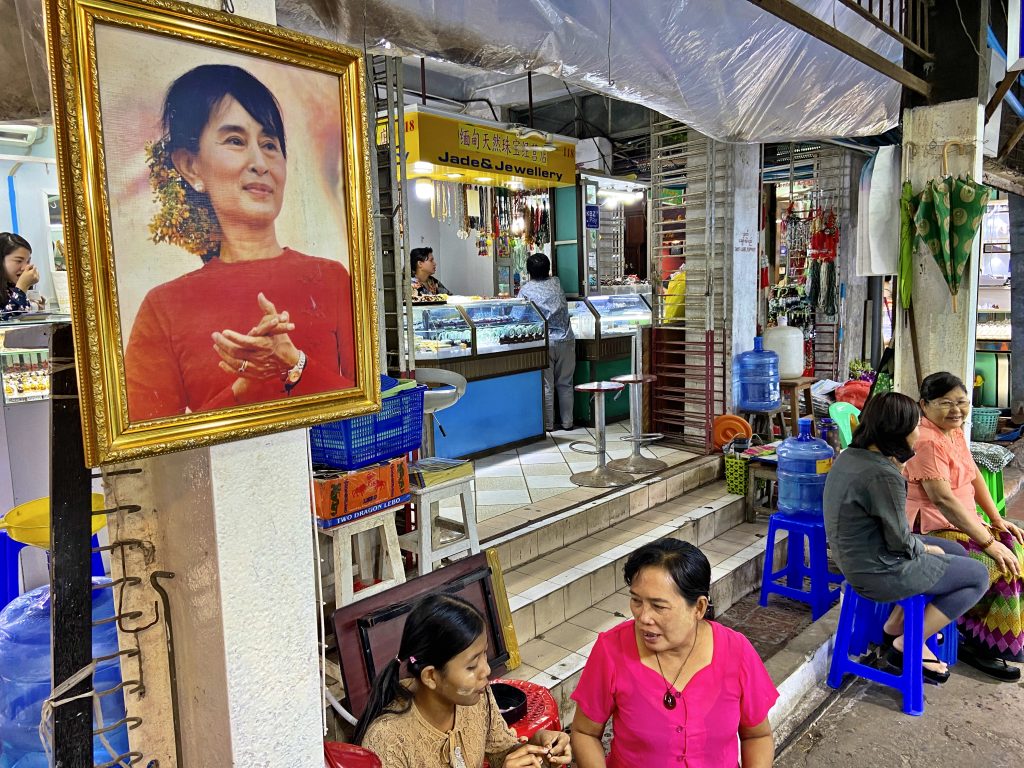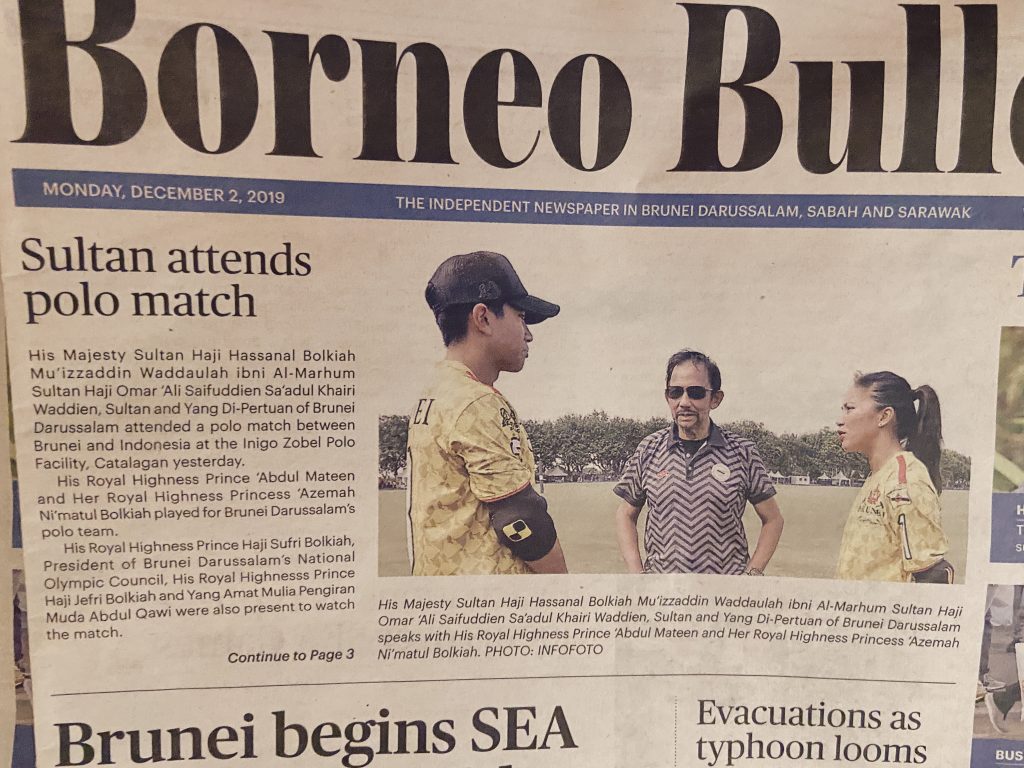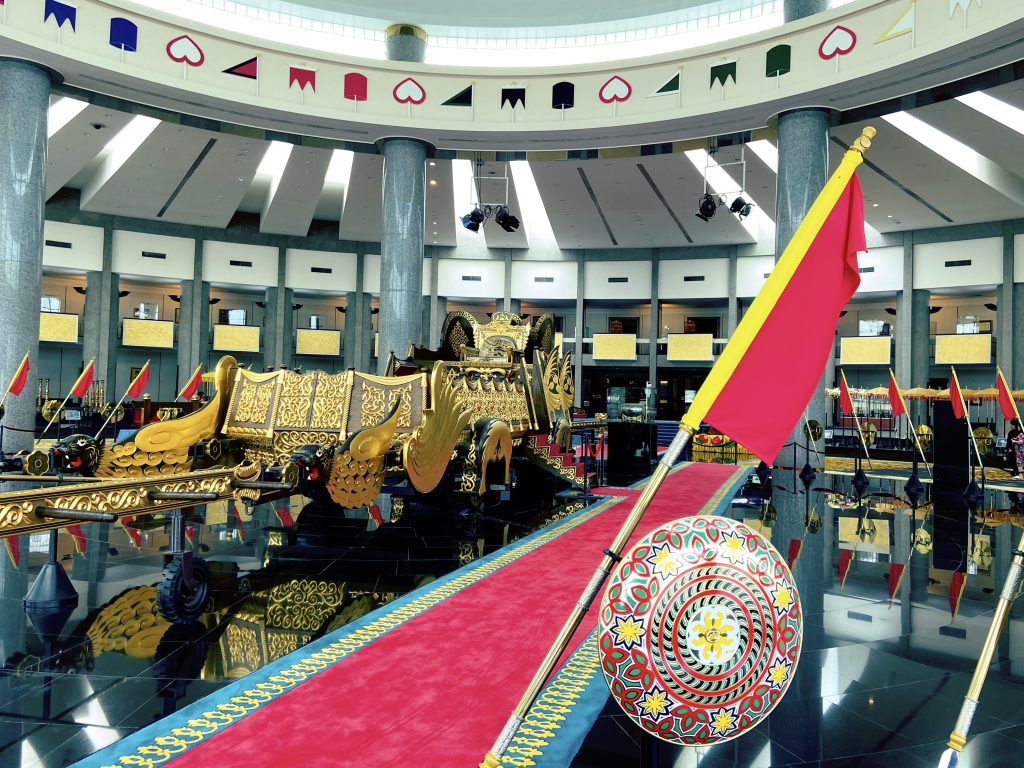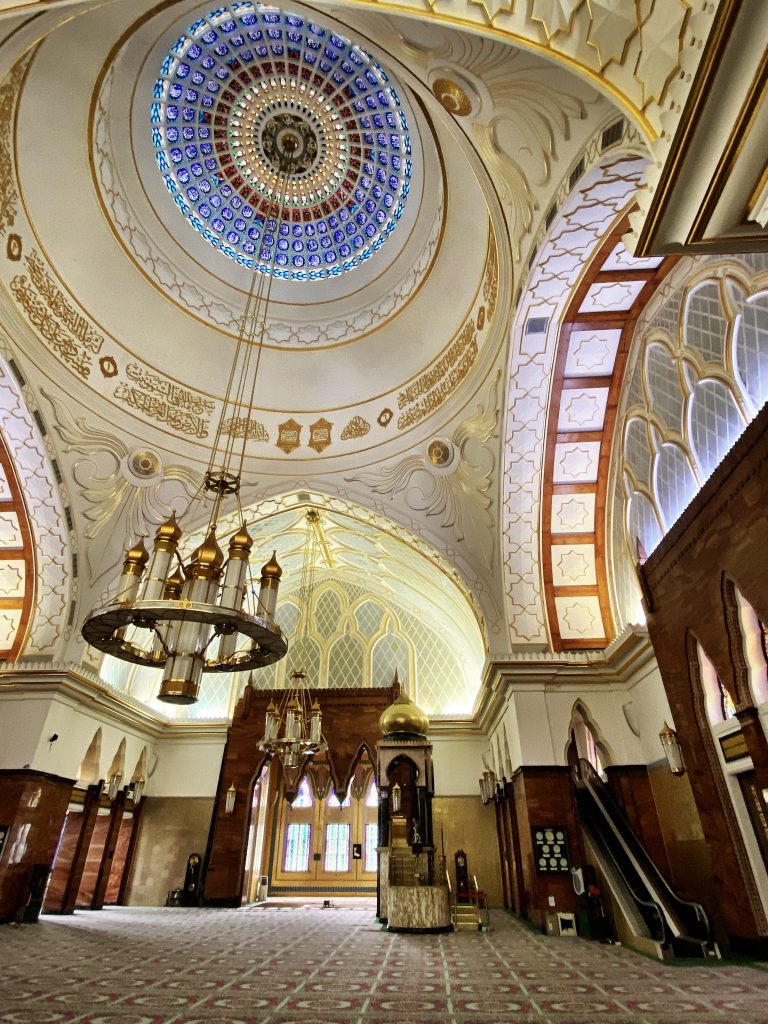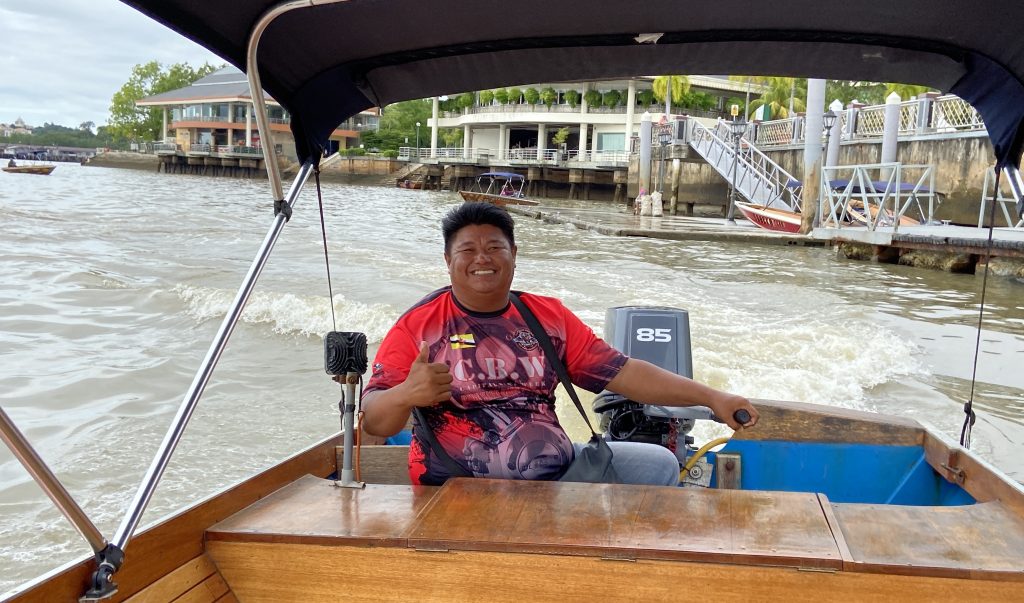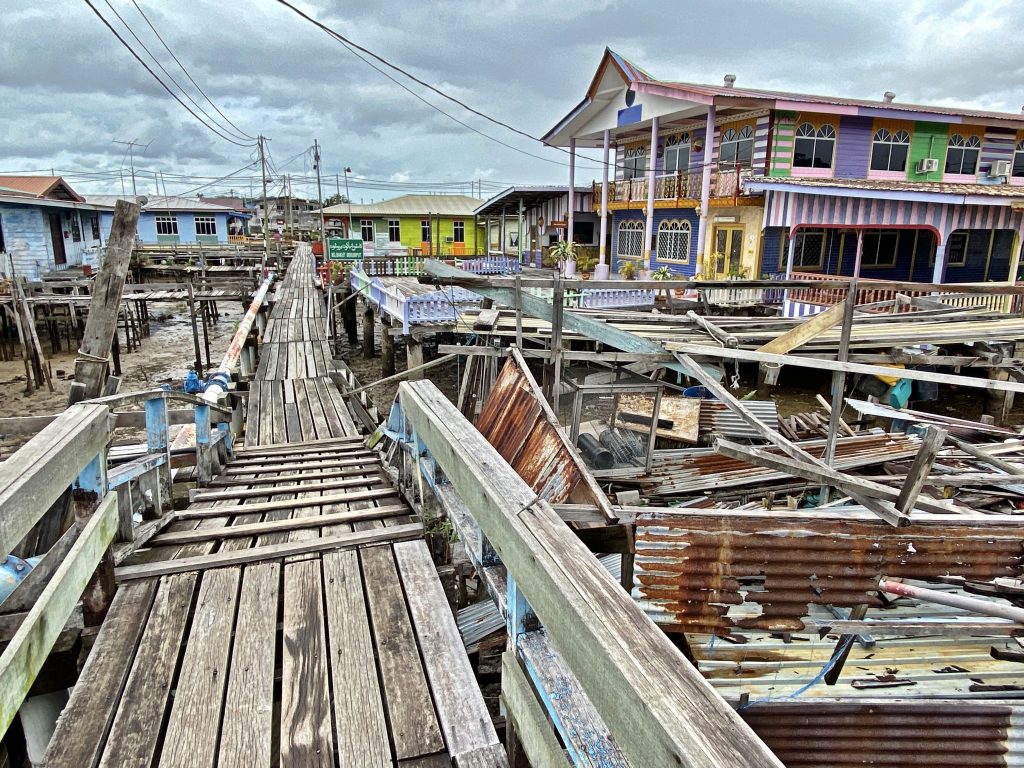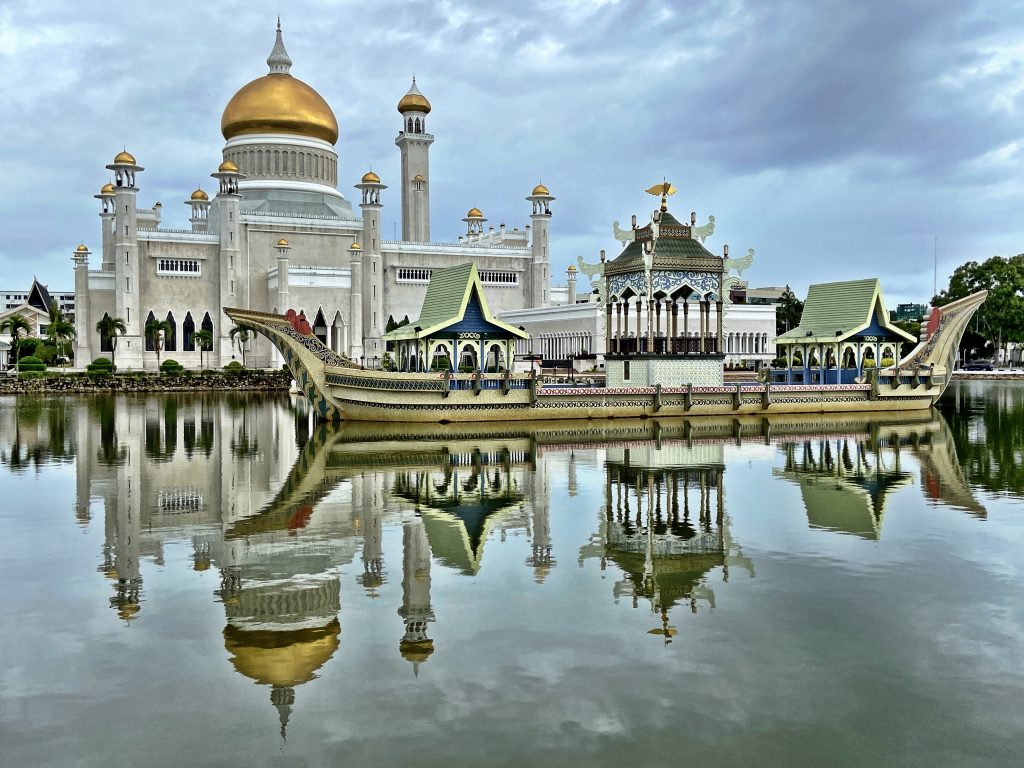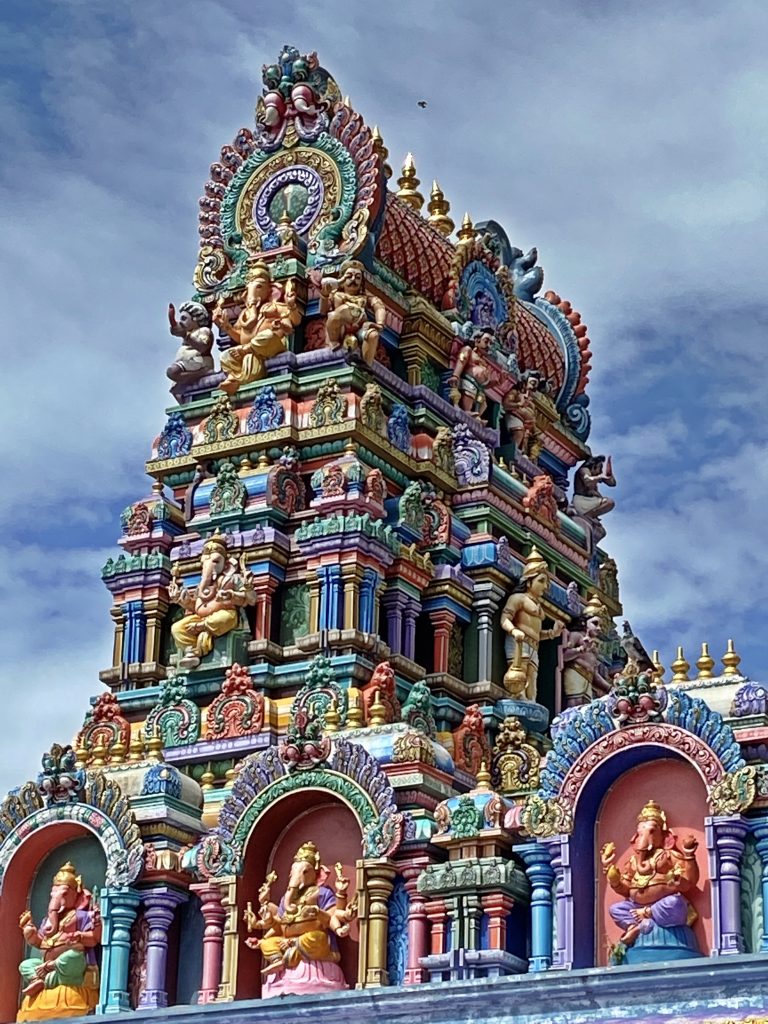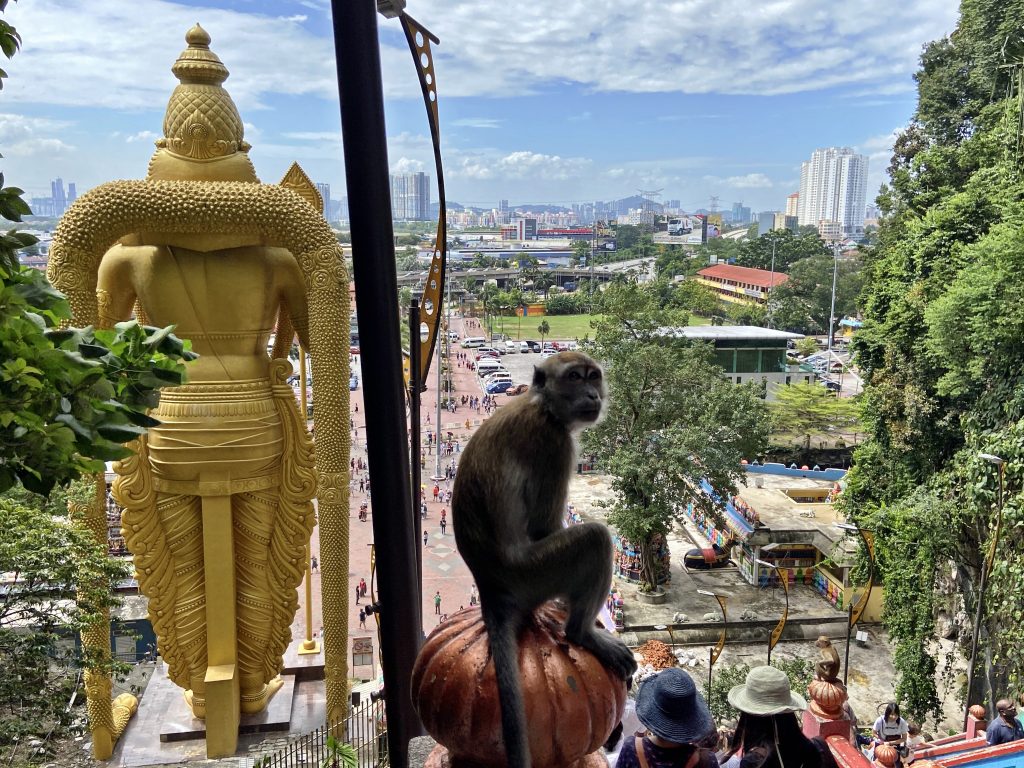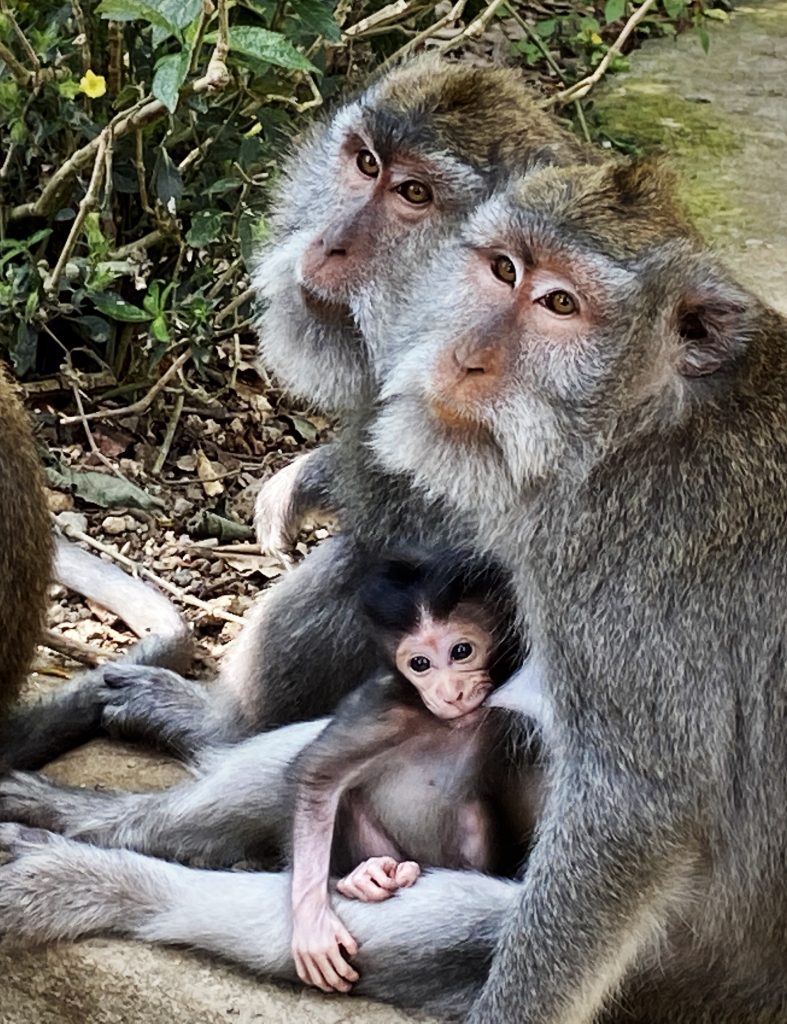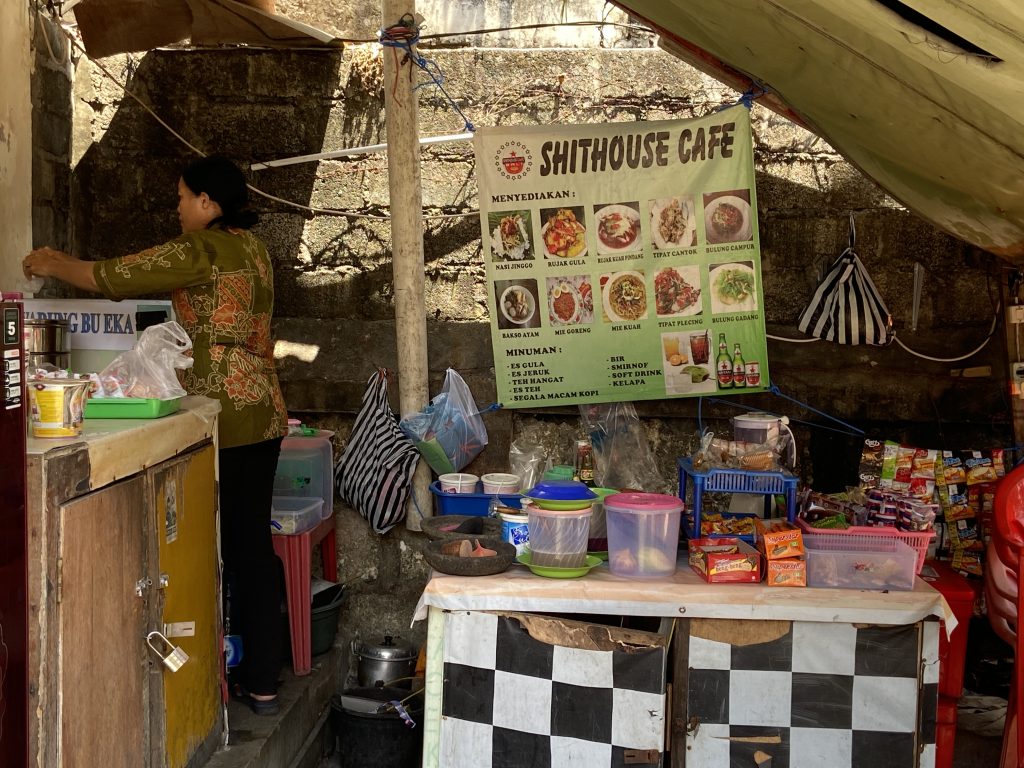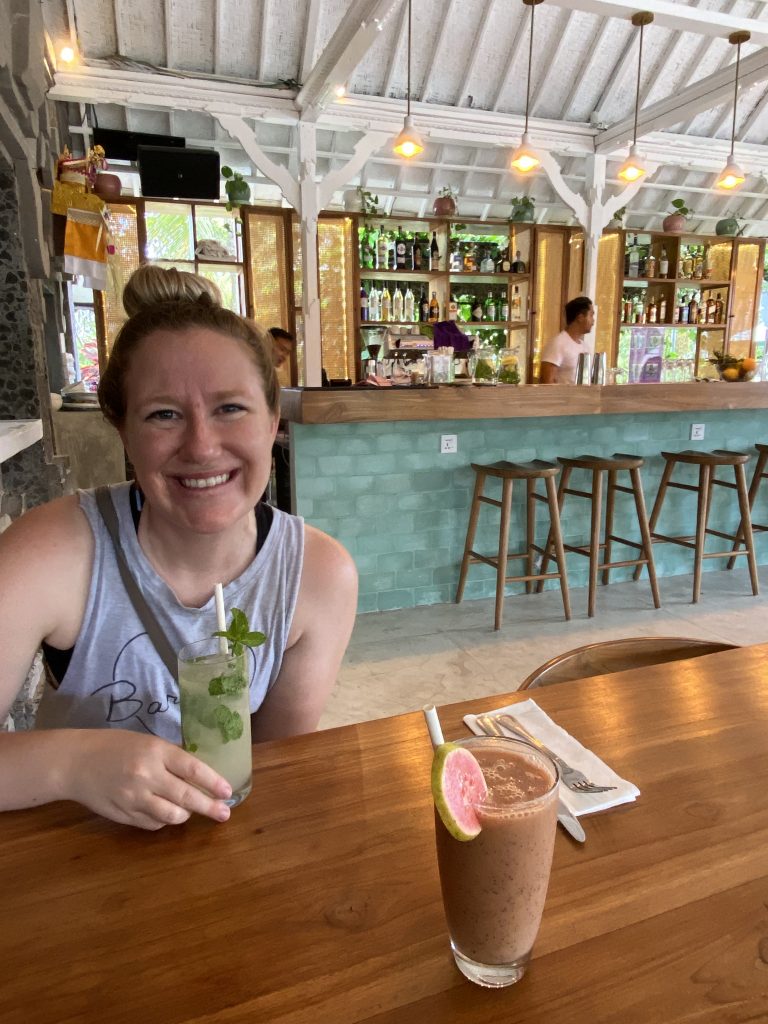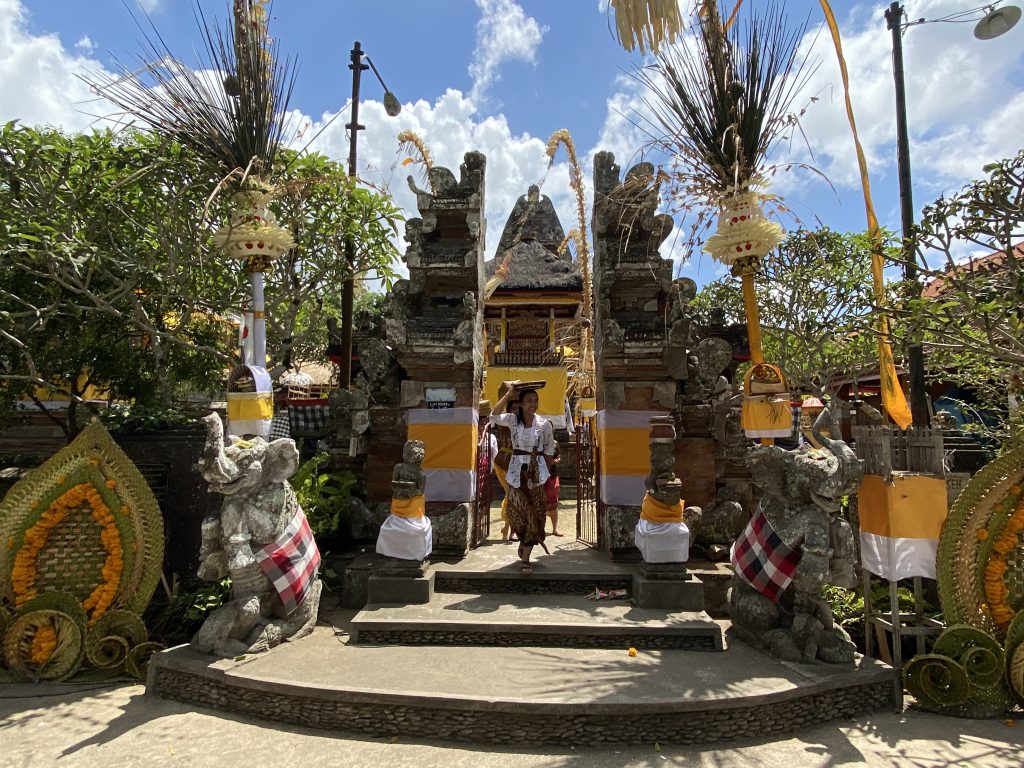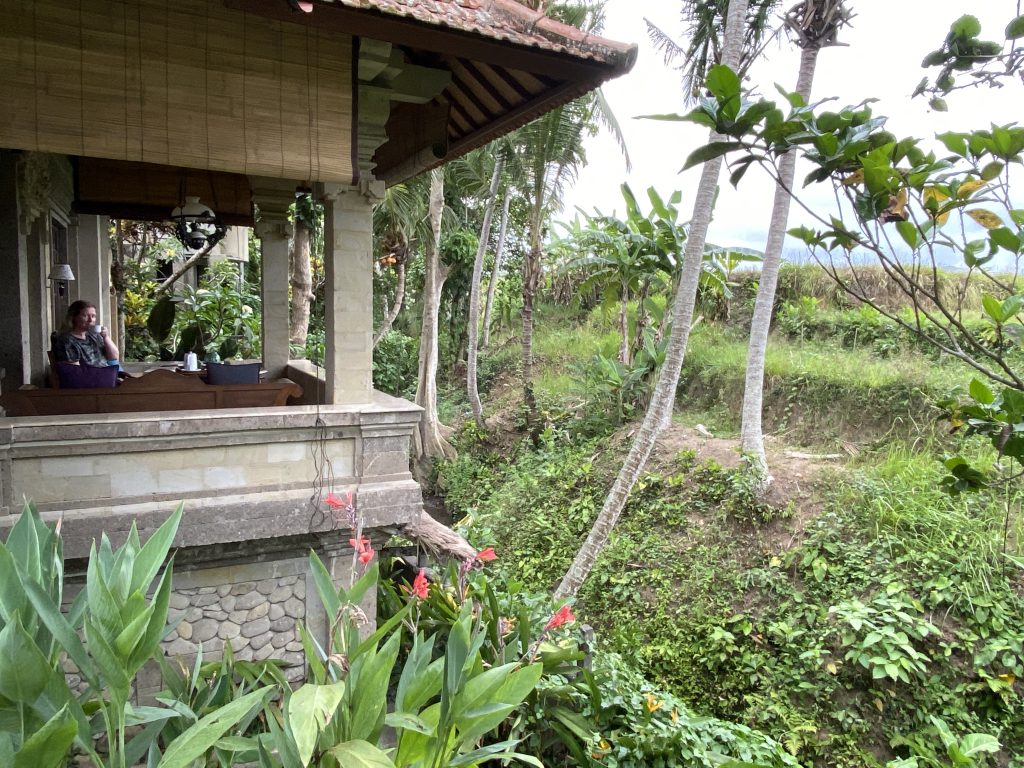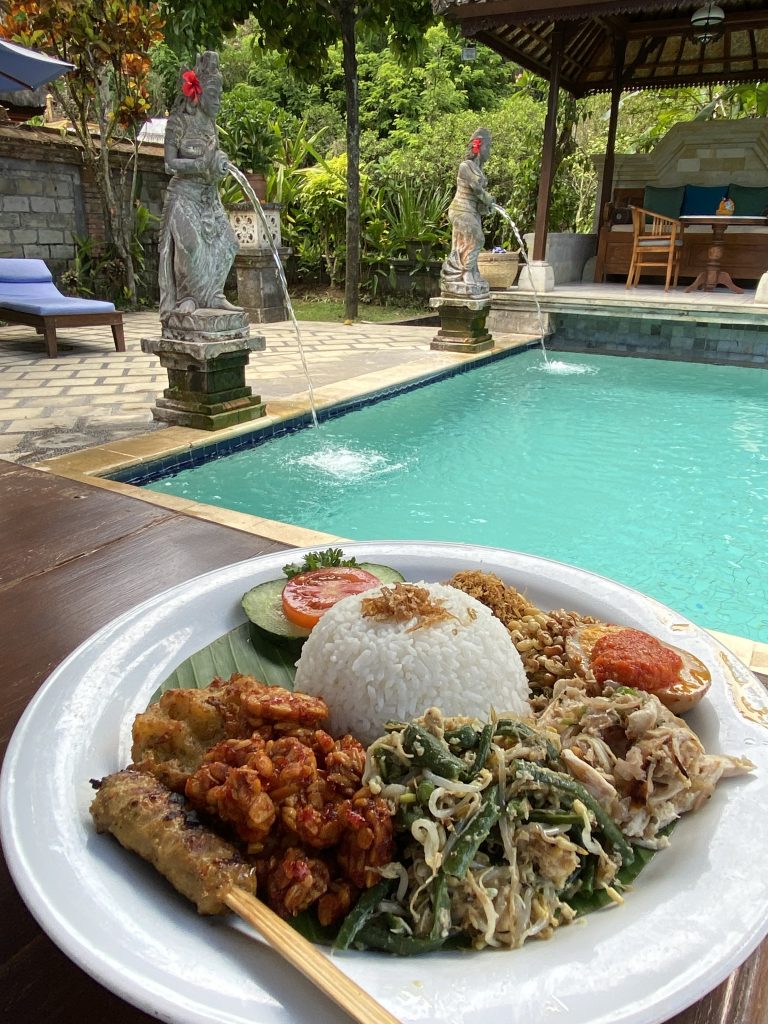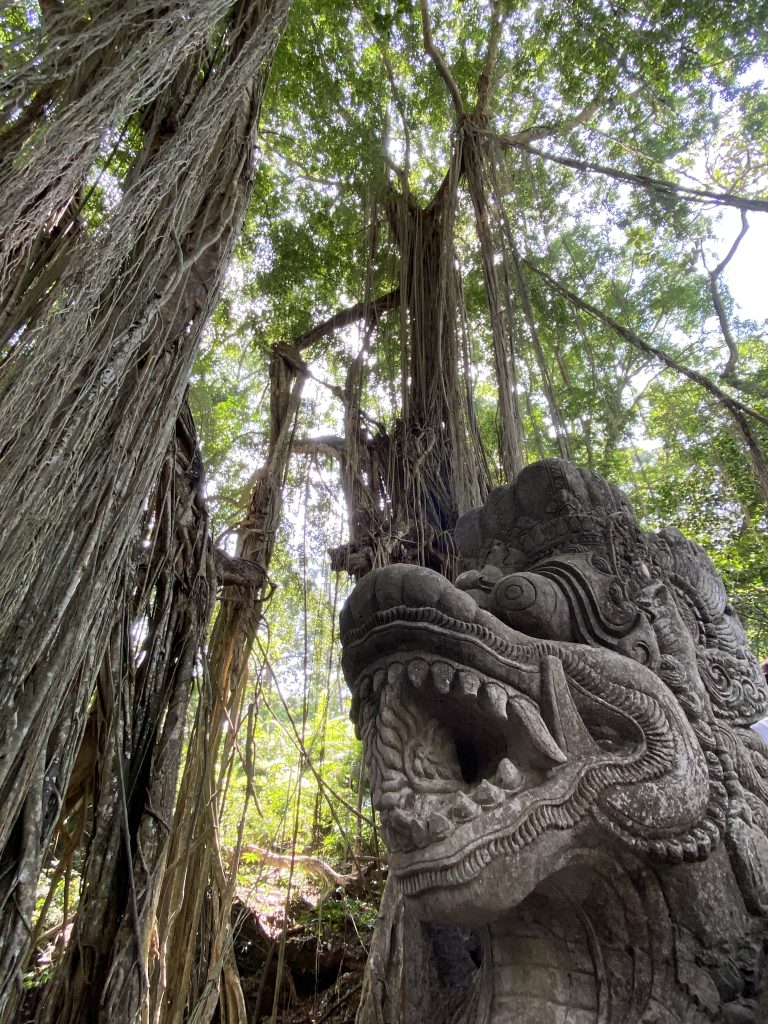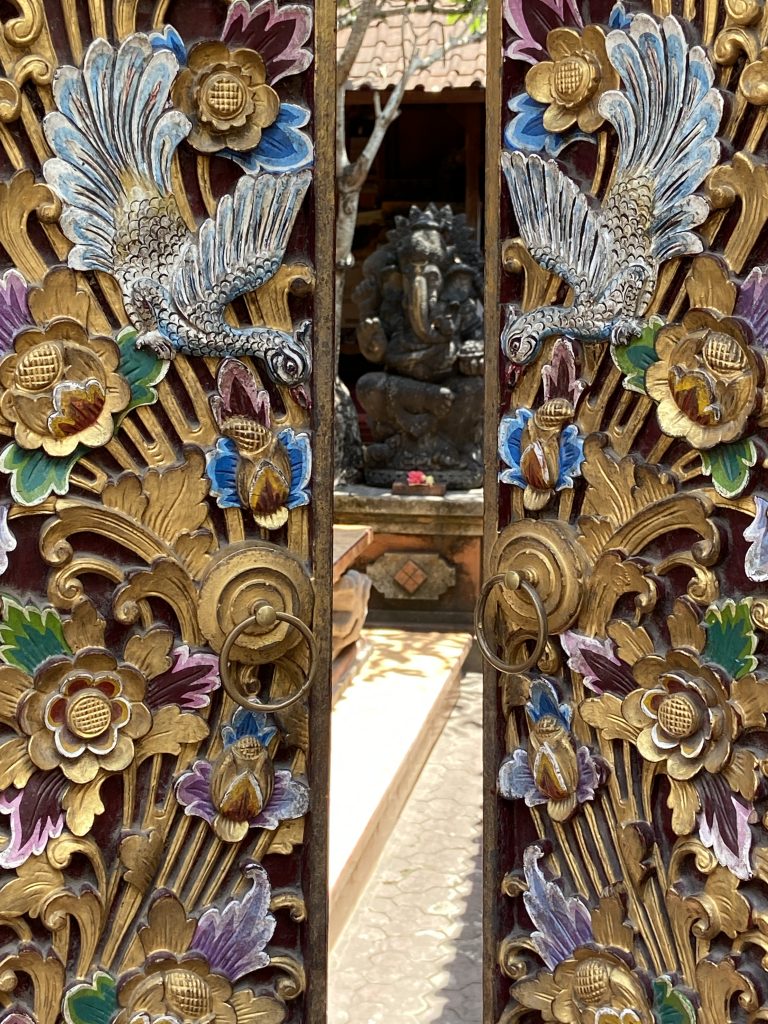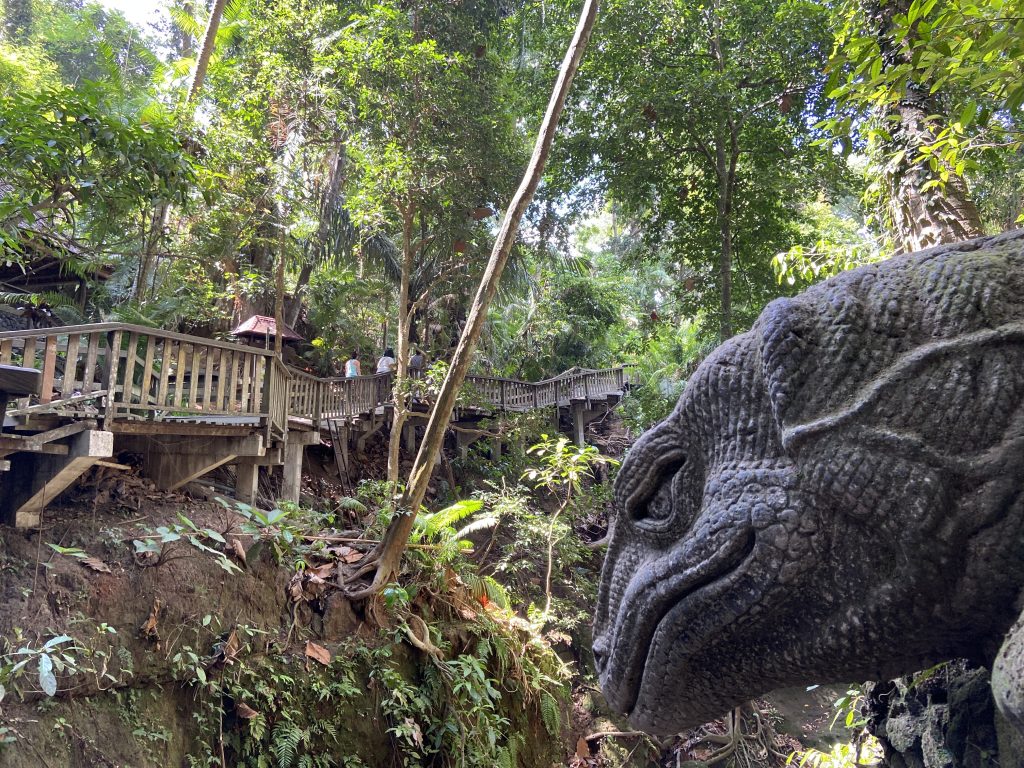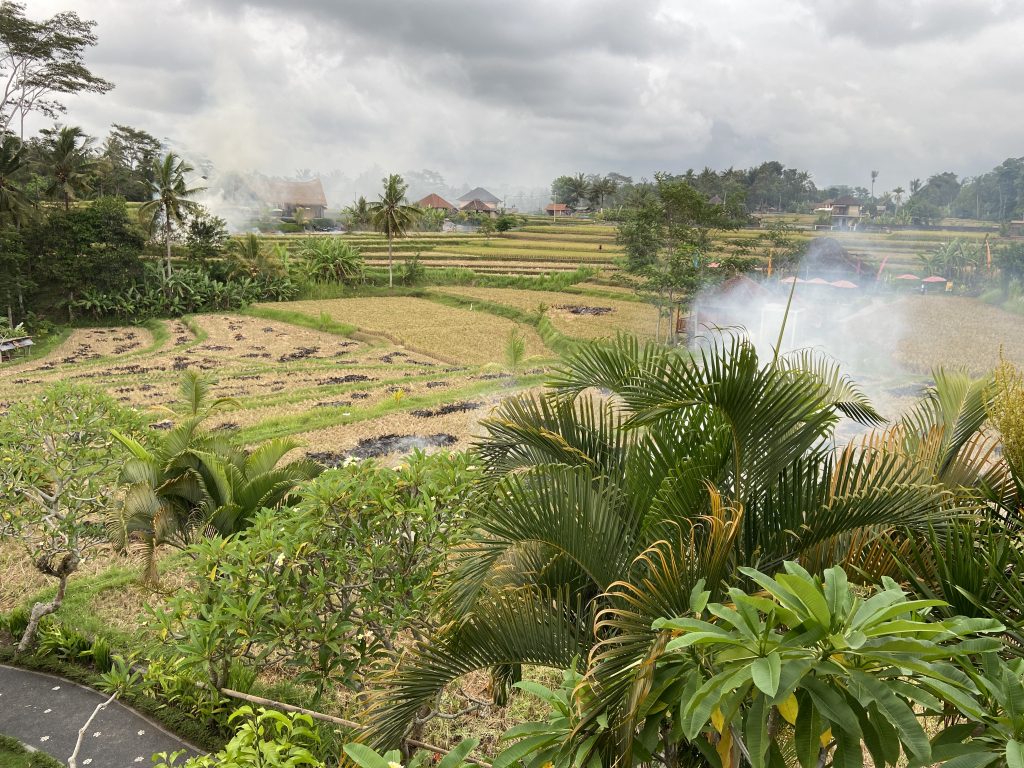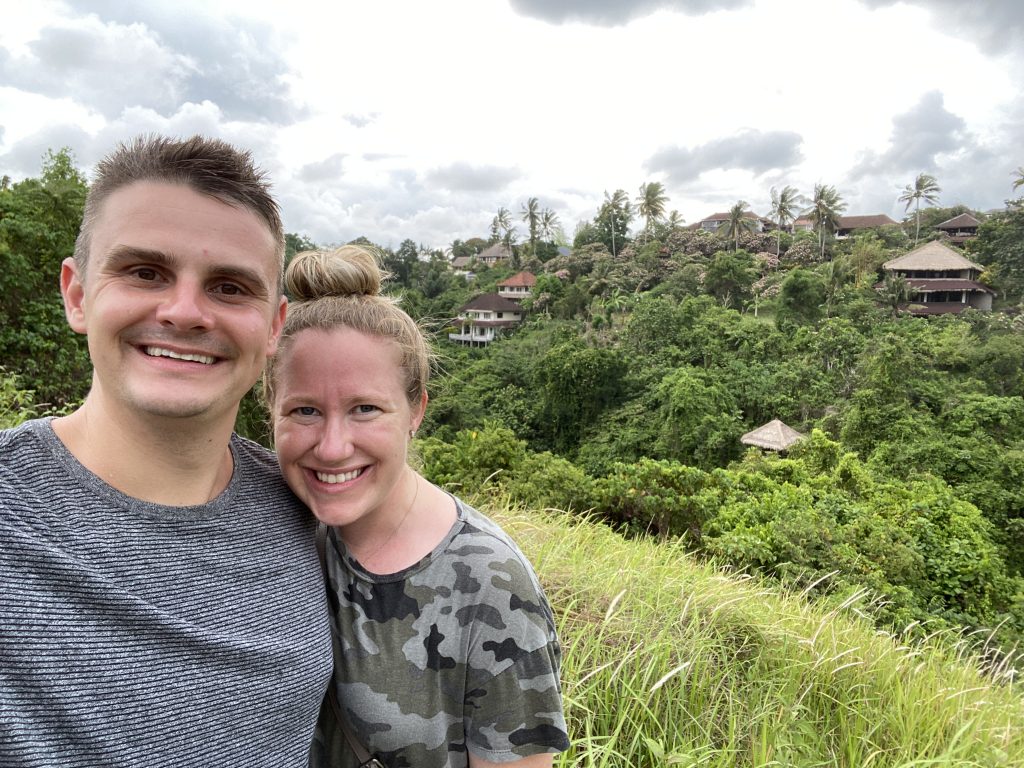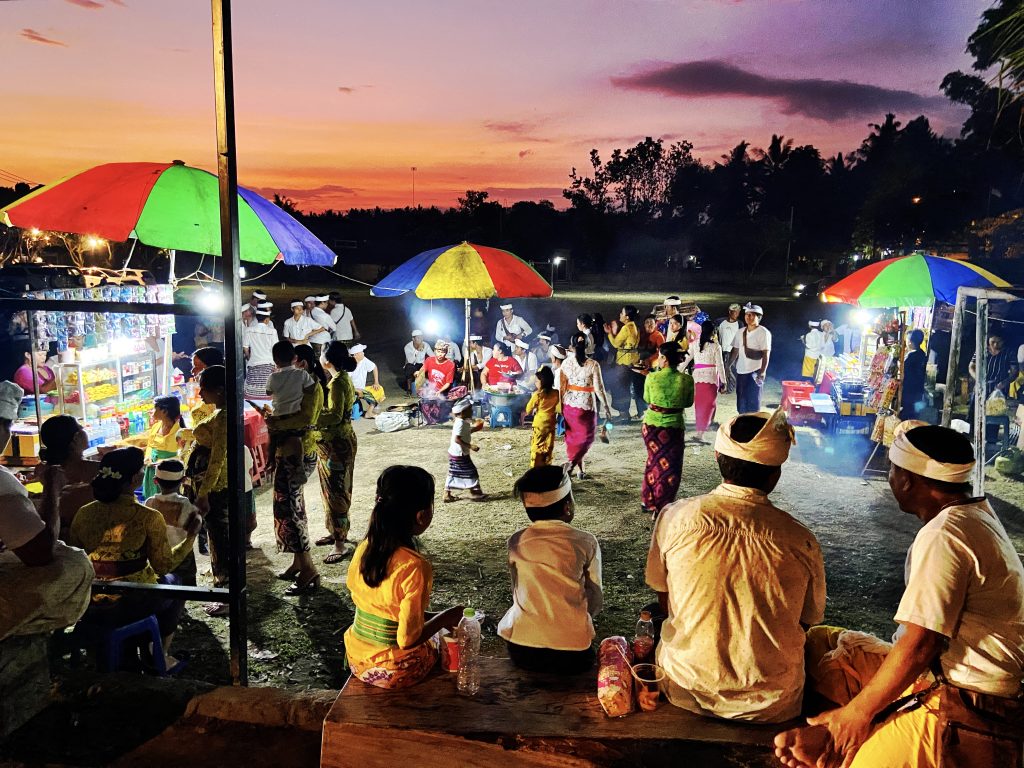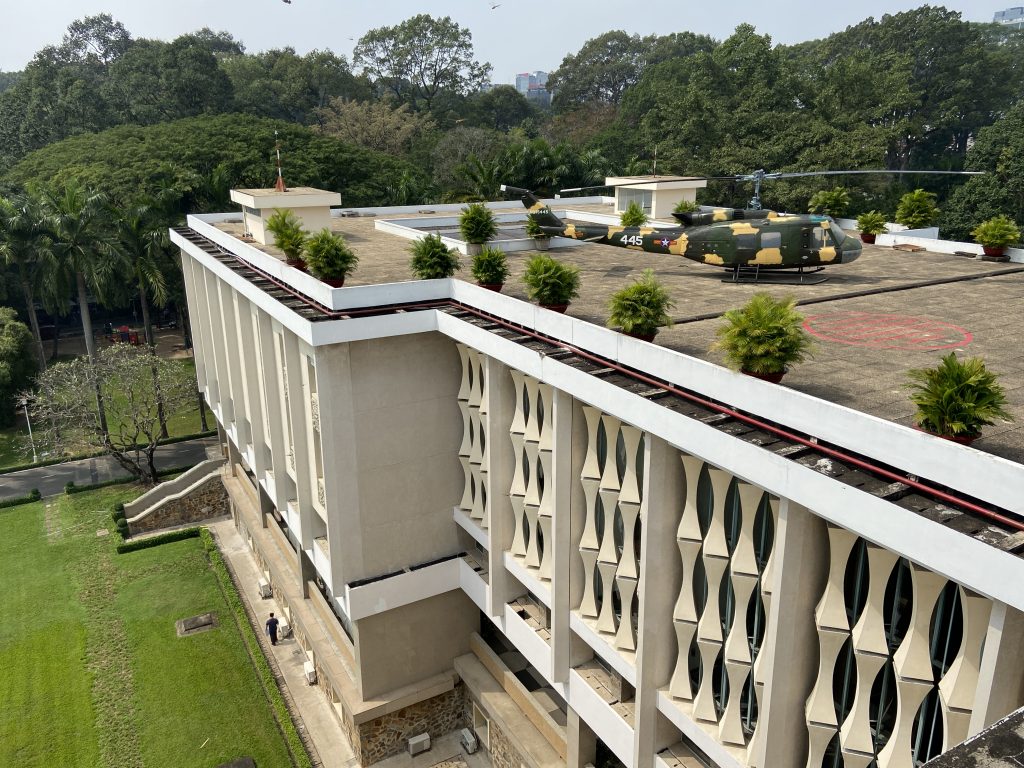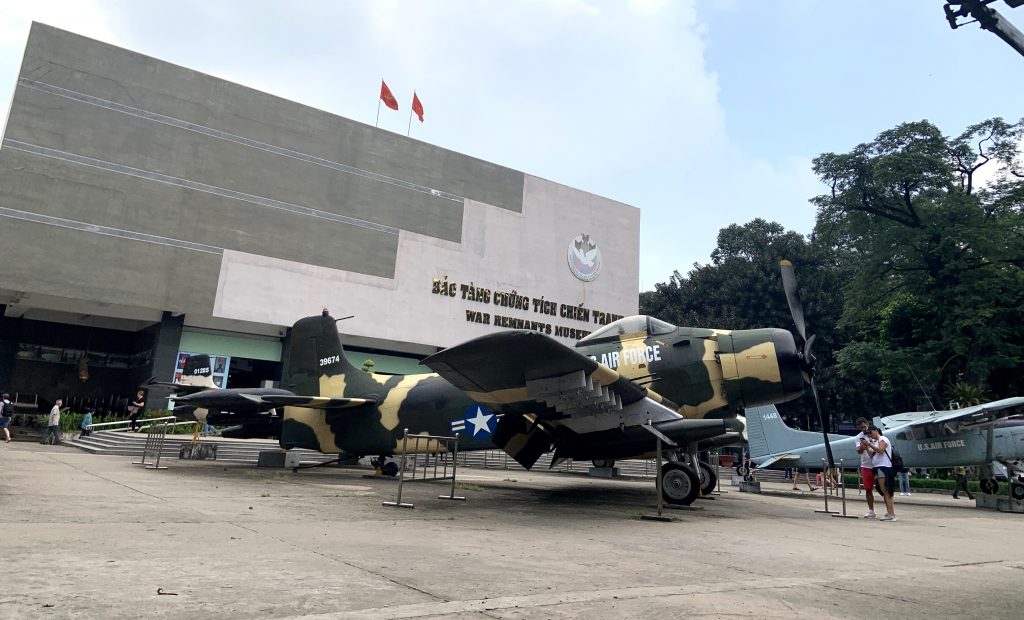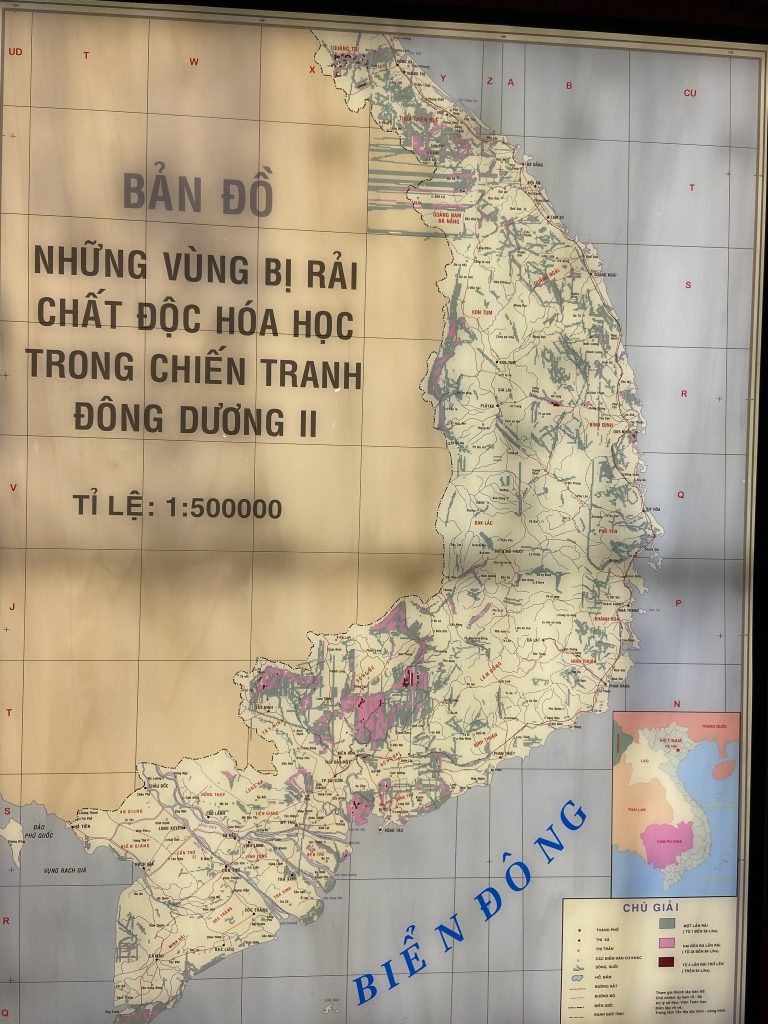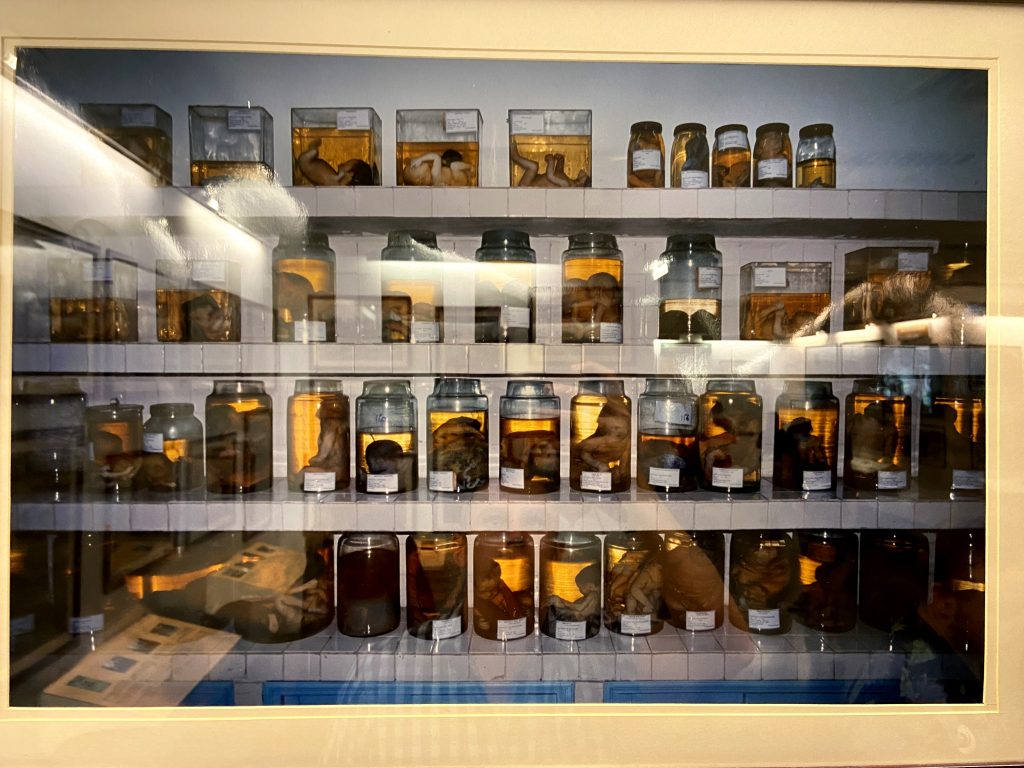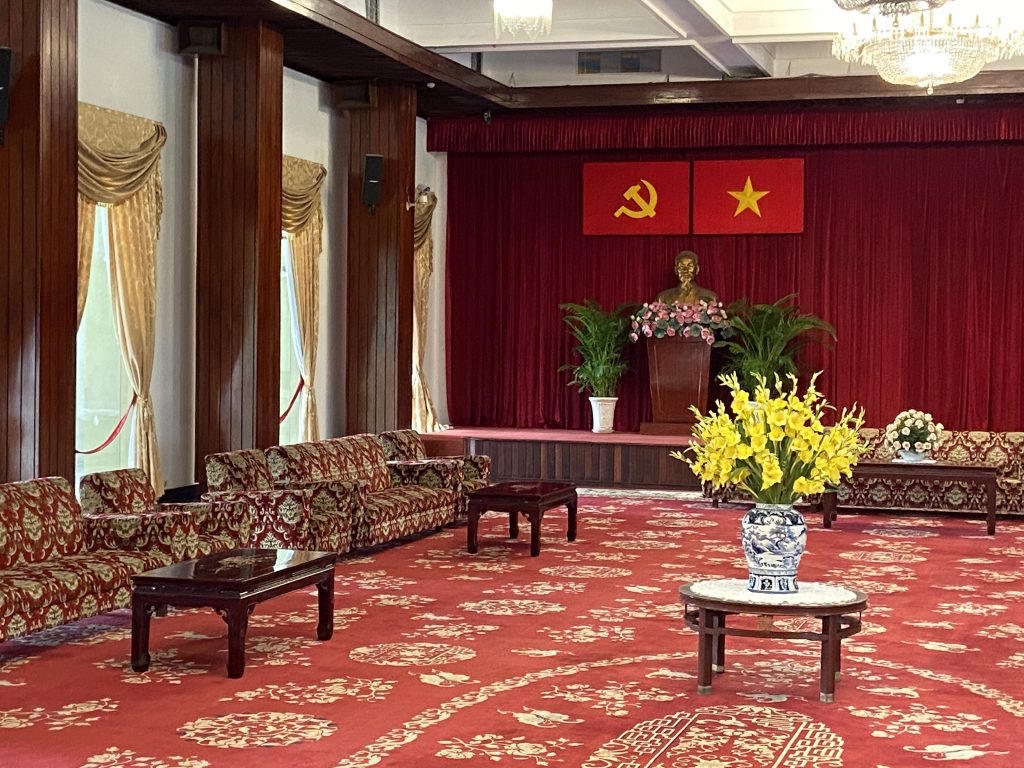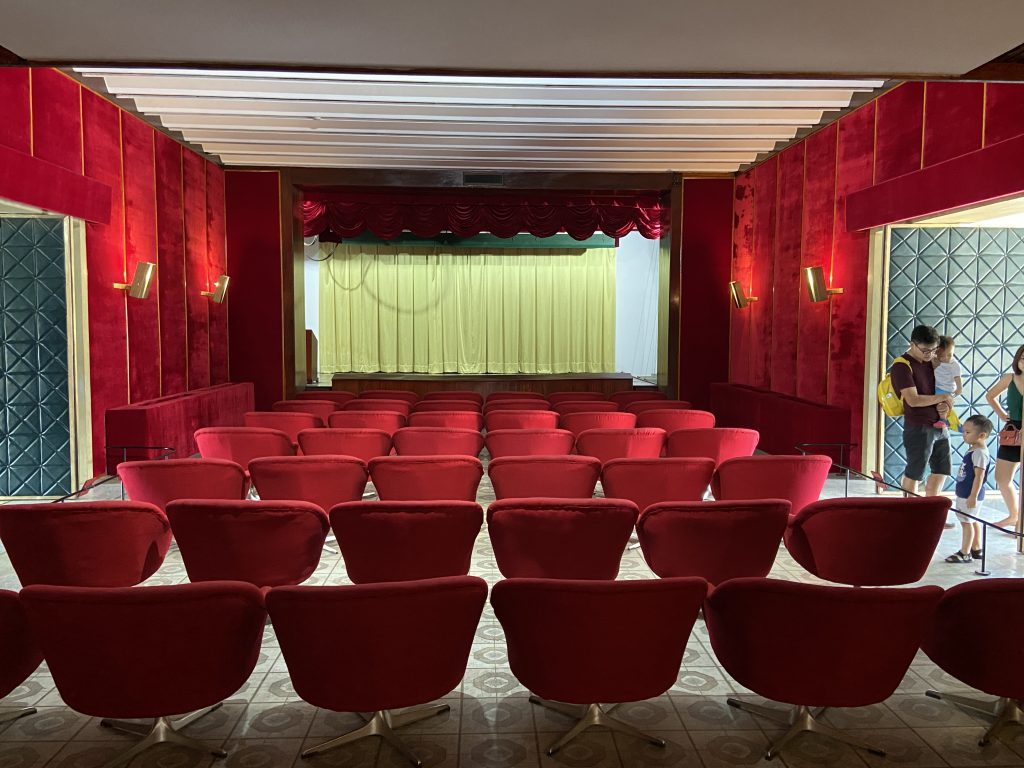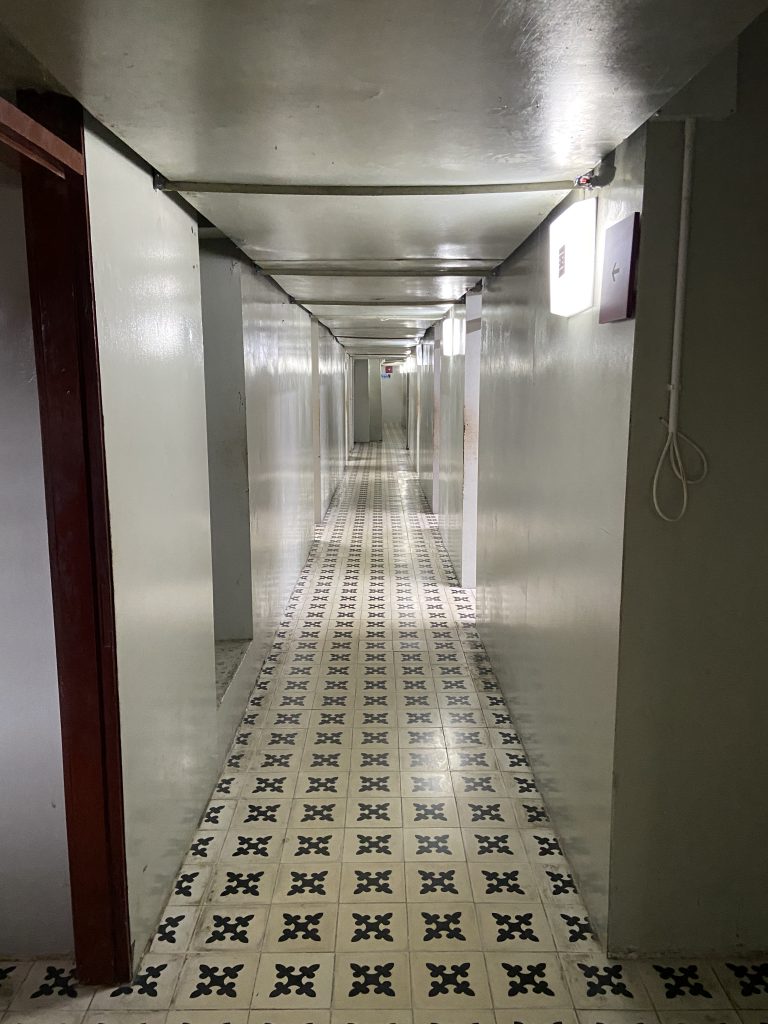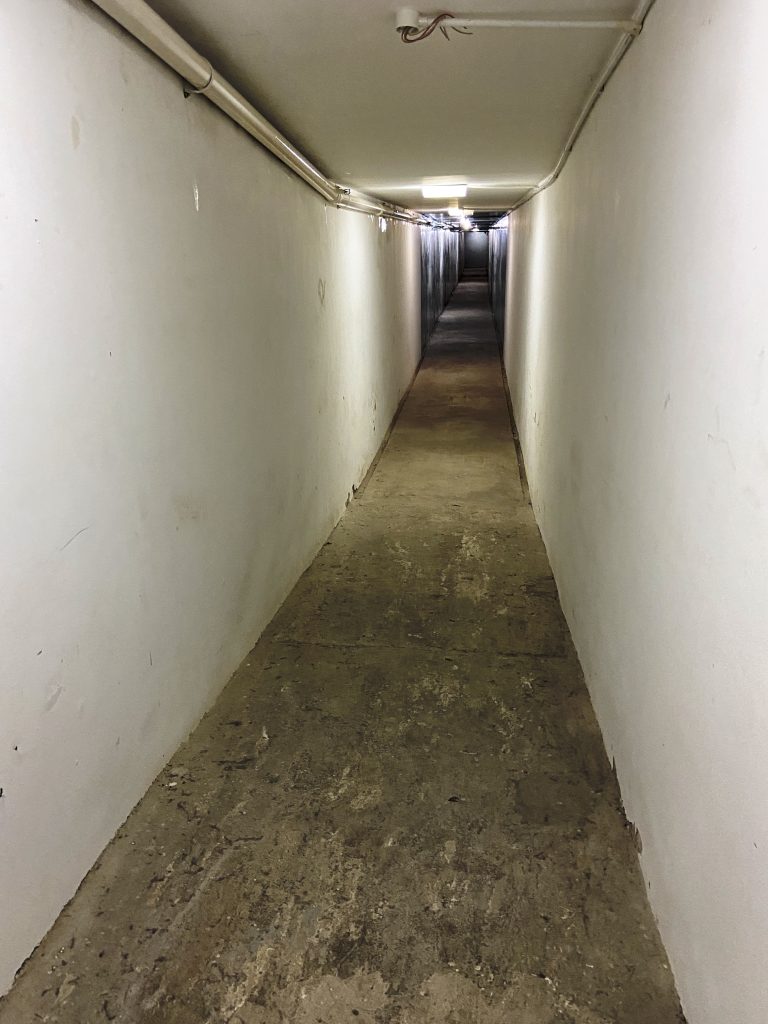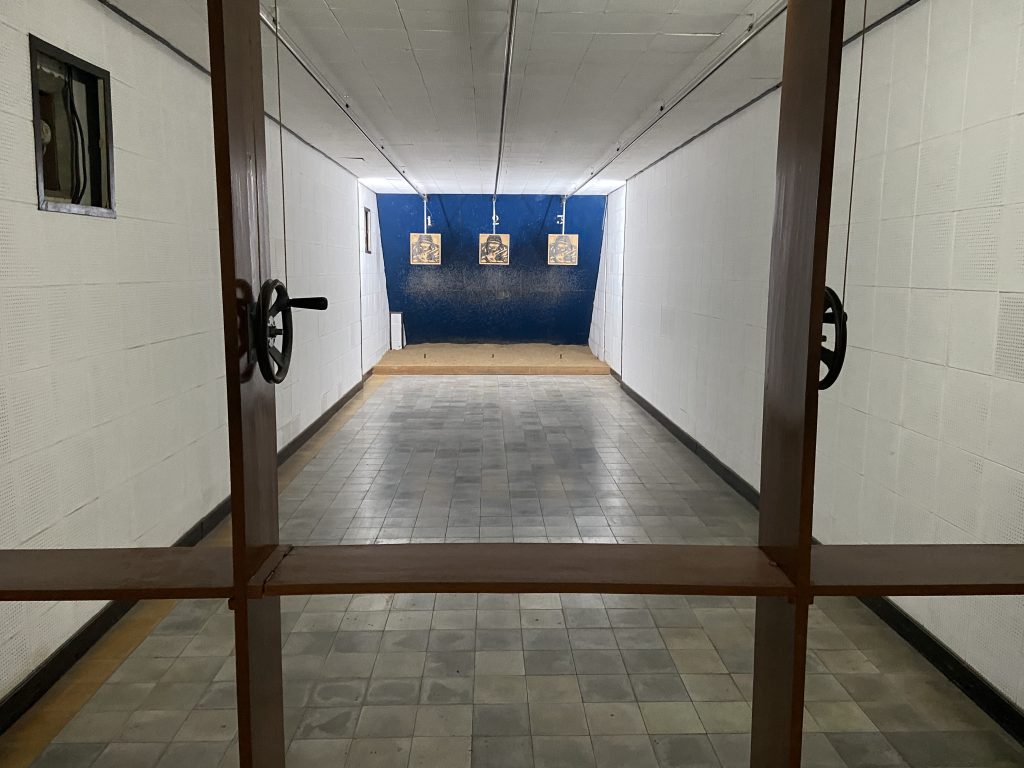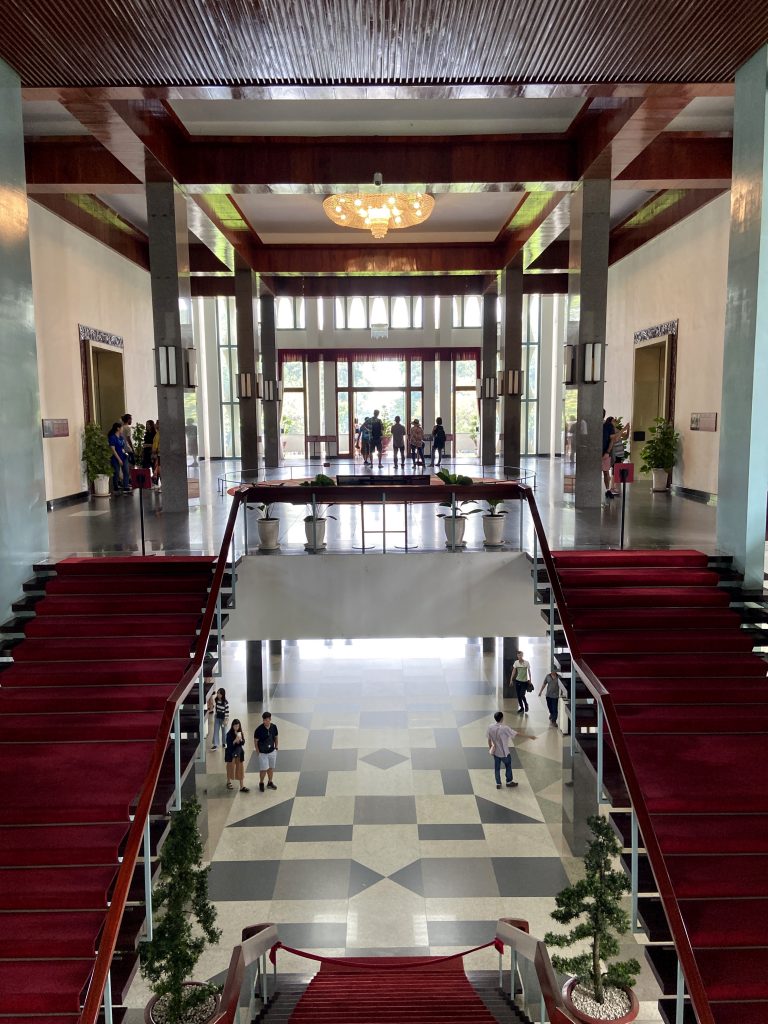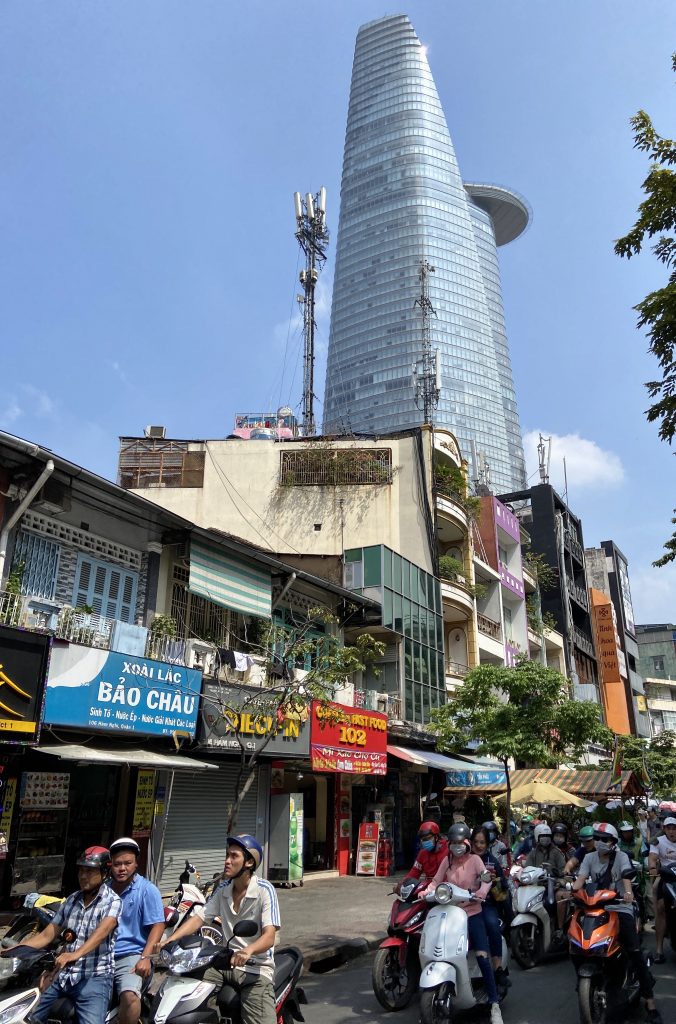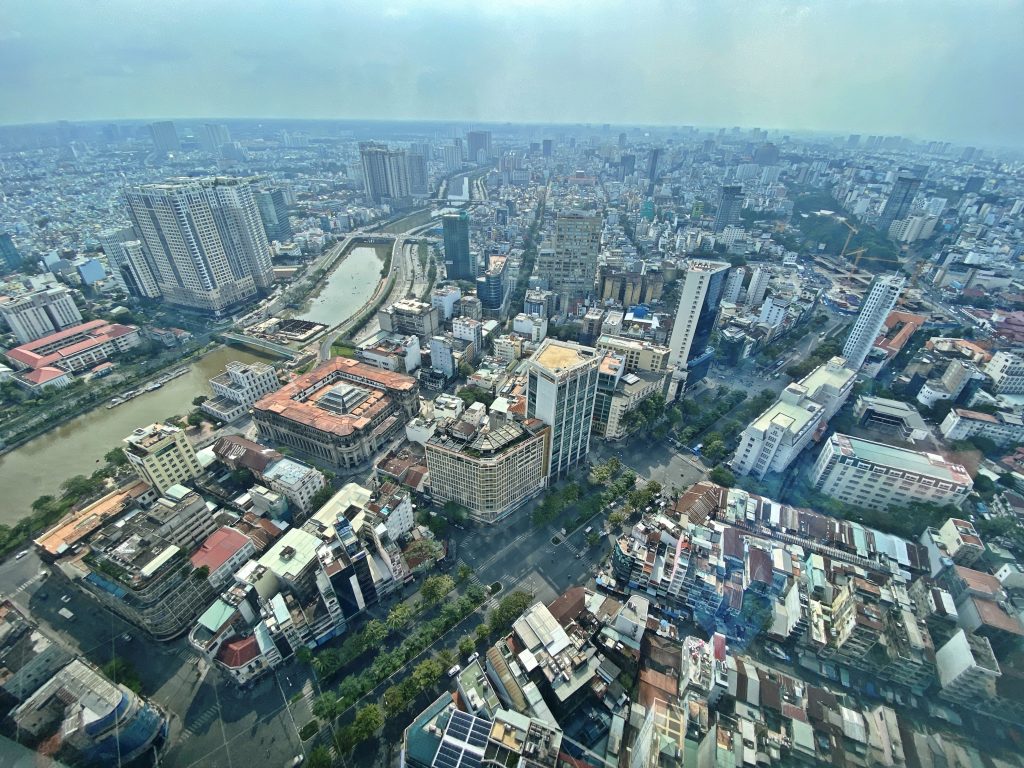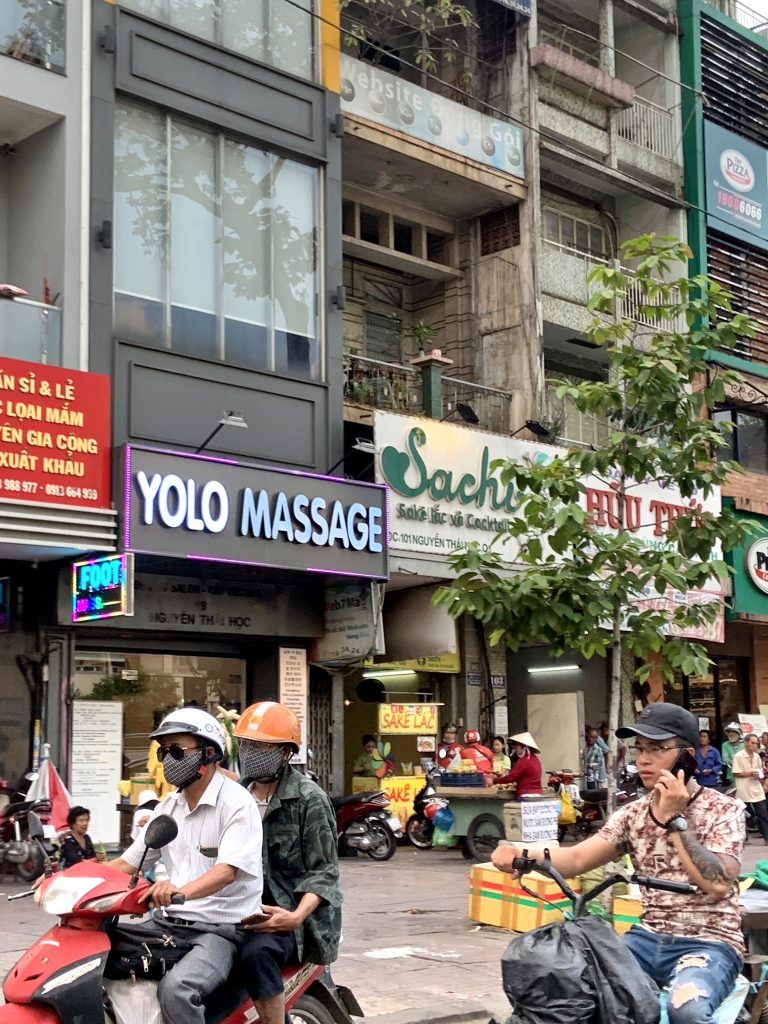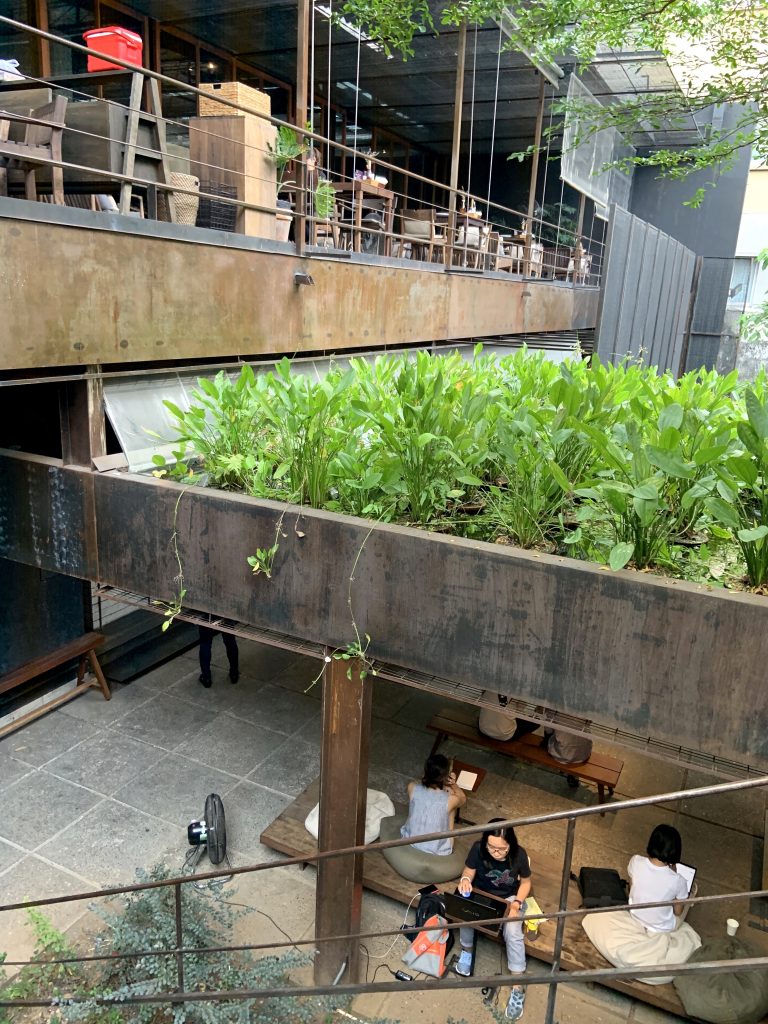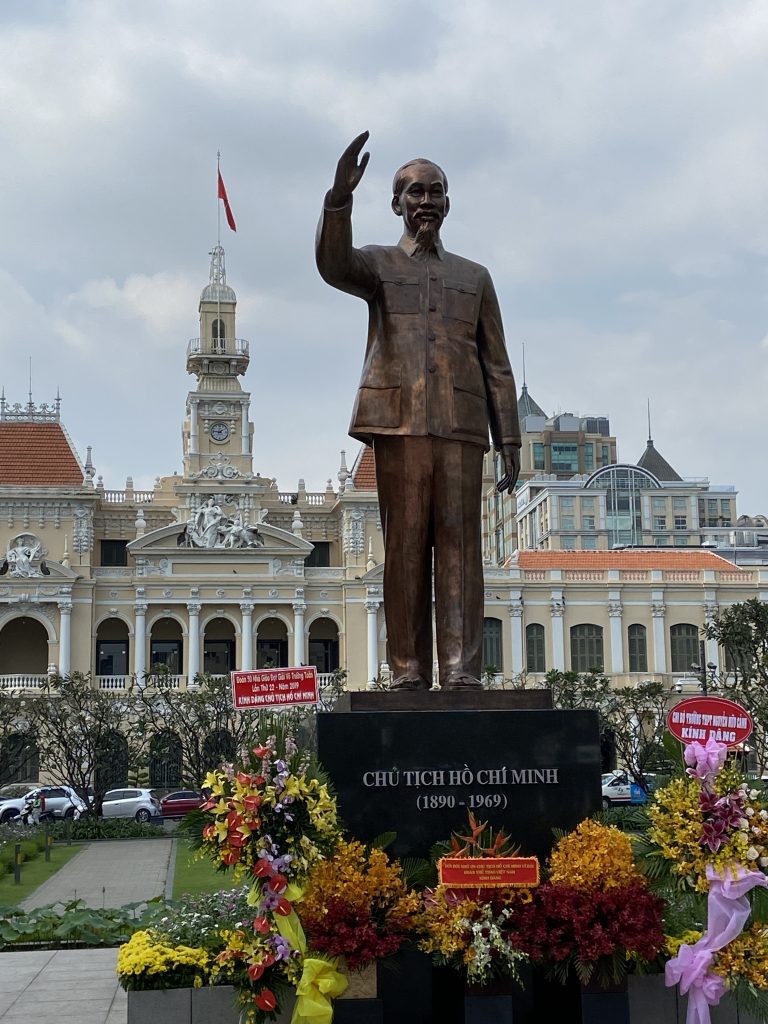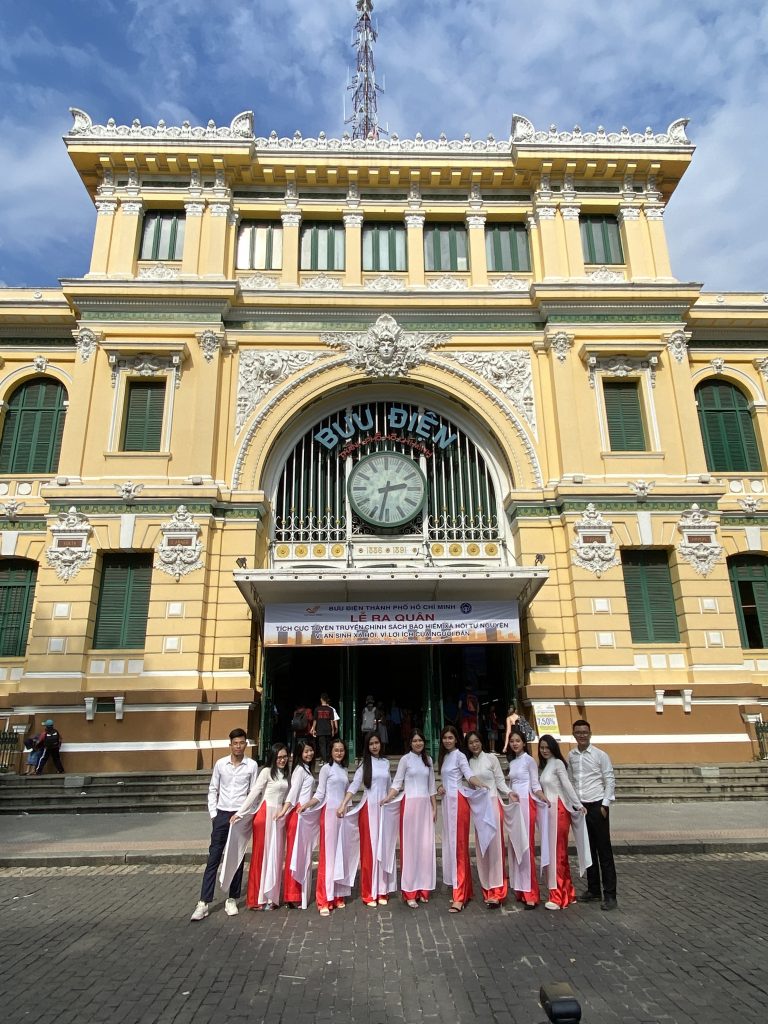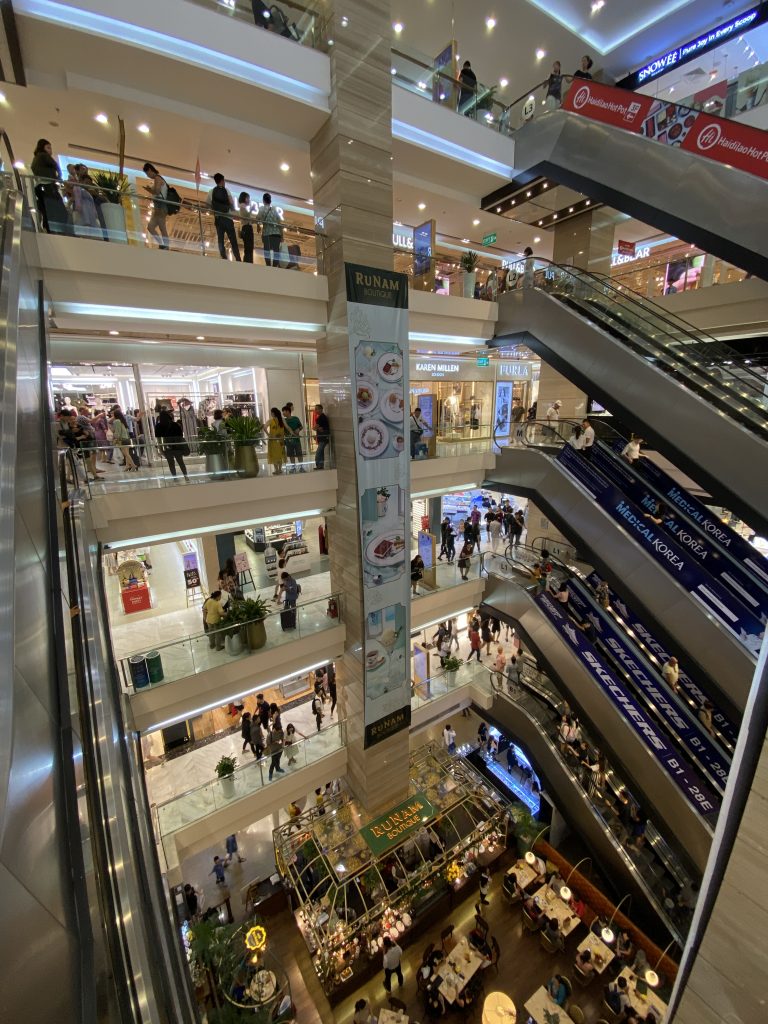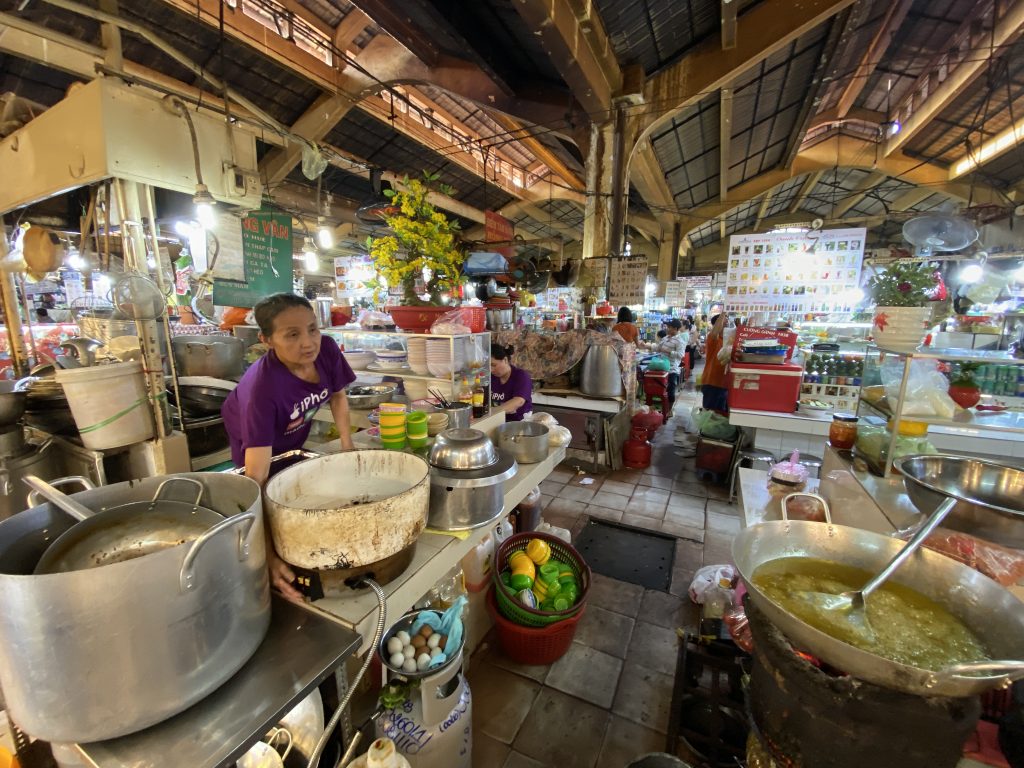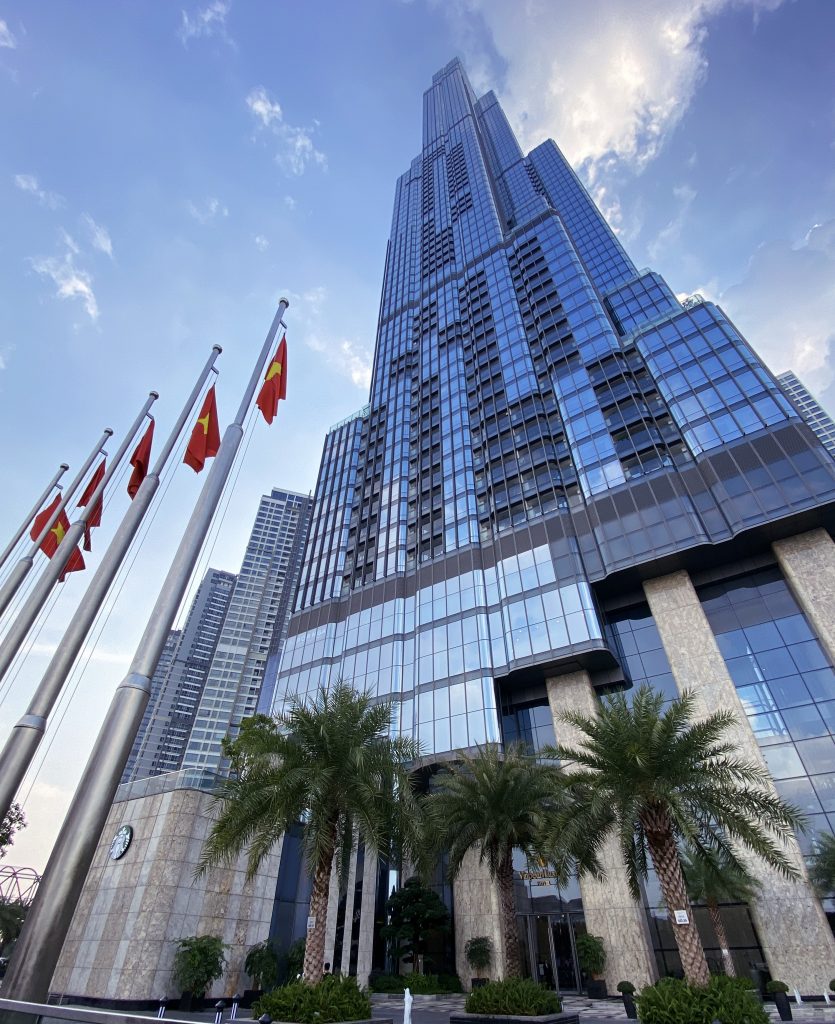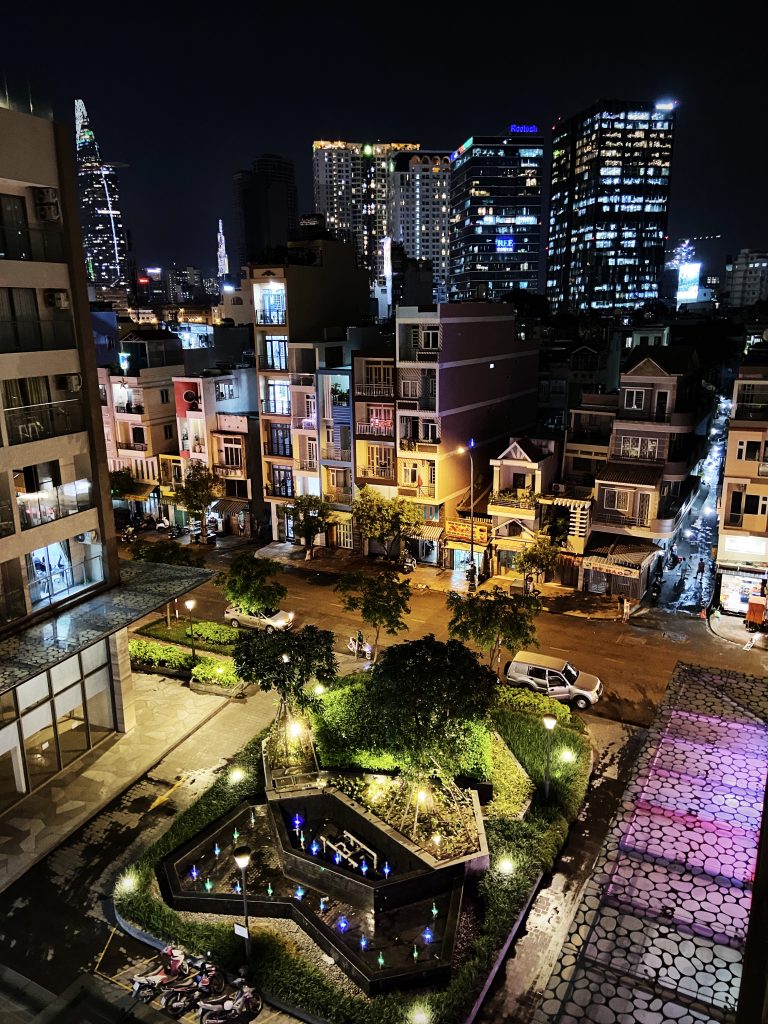
i went on a day-long scooter trip to the north of siem reap.
the first stop was a fascinating landmine museum, which was started by a now-famous deminer named aki ra. cambodia has unfortunately been ravaged by multiple wars and over 1 million of its people were murdered by the khmer rouge alone. multiple local and foreign powers have planed millions of landmines over the decades, and it remains one of the most heavily land-mined countries in the world. 1 in 300 cambodians today is a landmine survivor – tragically they are designed to maim. aki ra took it upon himself to deactivate as many mines as possible, and the museum tells the story of landmines in general and his story in particular. though much of cambodia has now been demined, there is still much work to be done. he would deactivate mines by hand which was a very dangerous undertaking; in other parts of the world now groups are using robots and even rats to sniff out mines, and they are now typically exploded in a controlled way rather than being deactivated. the museum is staffed entirely by landmine survivors/amputees. i learned a lot and it is a very well done museum with an amazing cause.
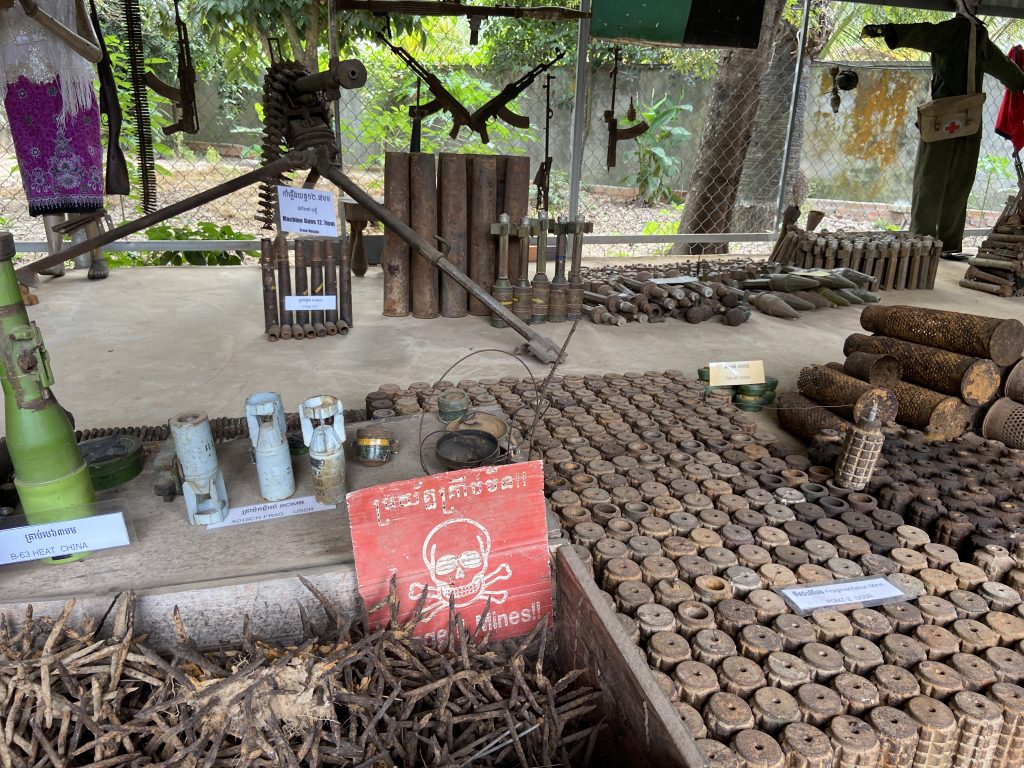
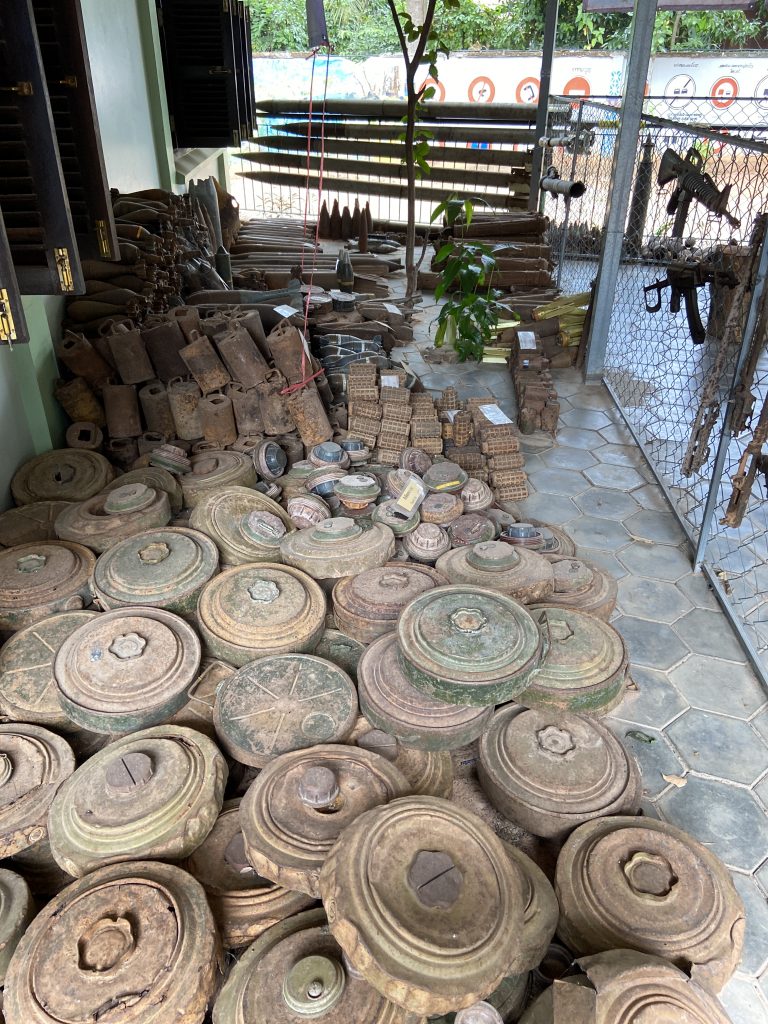
i then continued north to a an ancient temple called bentai serei – a small, red-hued and extremely intricate temple about 1 hour north of angkor wat.
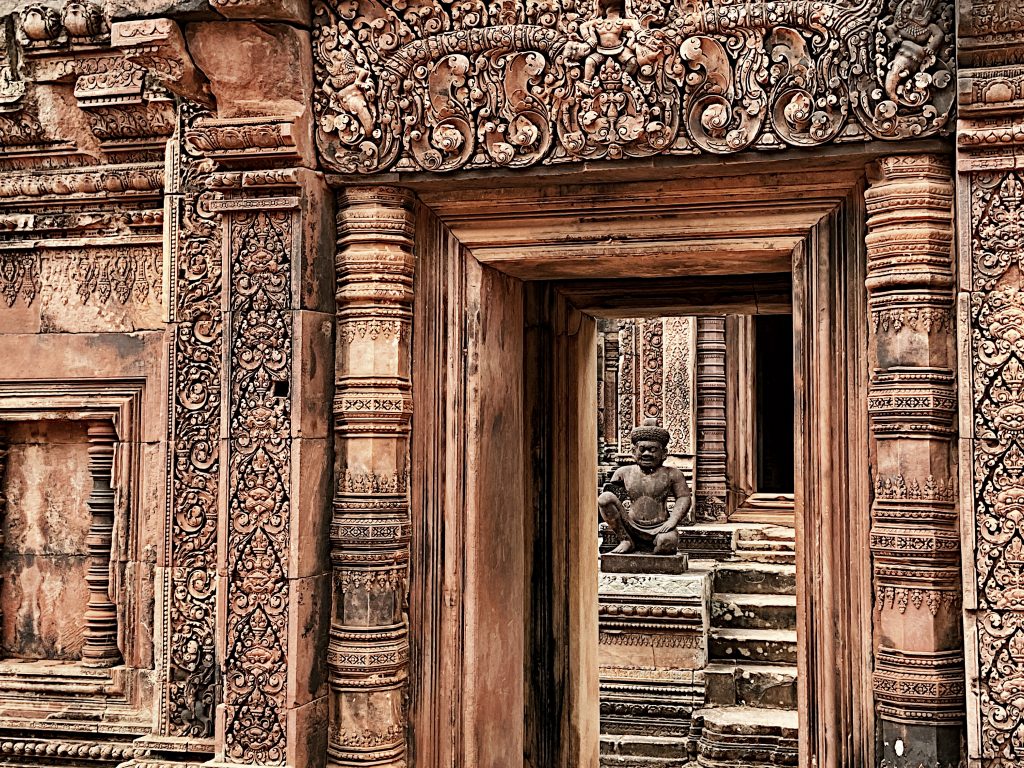

then, i headed to the east, along a long and completely empty road to an overgrown temple called beng malea. this was one of my favorite temples of the bunch, and it is overgrown by the jungle and able to be explored, and basically empty of tourists because it is so far out of the way.
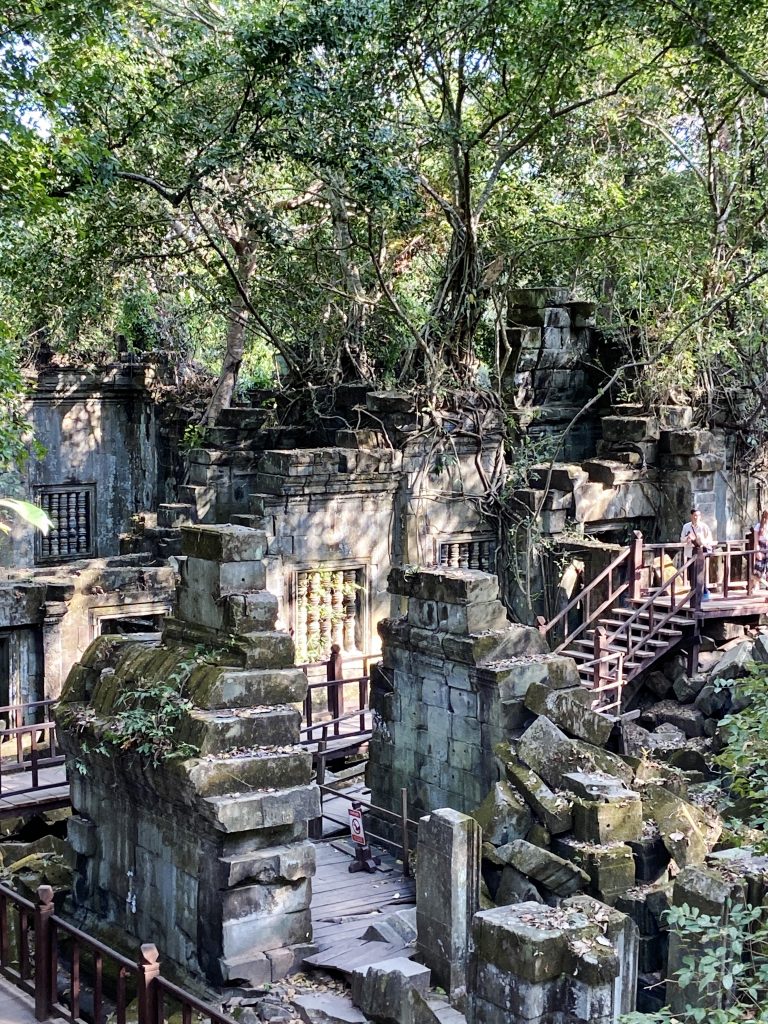
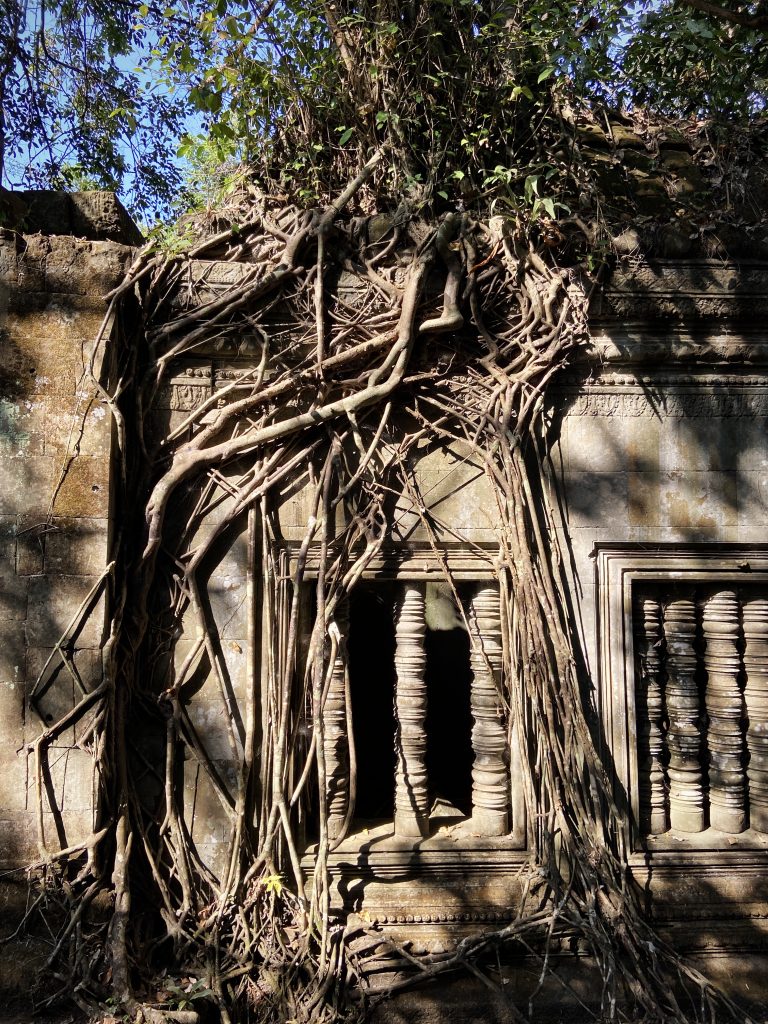
i then took another road back to siem reap, stopping for the sunset at a final temple group just west of the city called the ruluos group and its centerpiece bakong, the oldest temples in the region, built in the 9th century.
